|
Celebrating wines and their regions has become a “thing”. And, I’m all for it! For those who may not be familiar with a particular wine grape or region, this is a great way to introduce them. And for aficionados, it’s a wonderful excuse to pop open a bottle to join in on the celebration. But, whom am I kidding; I never need an excuse to drink wine! May 9th is National Moscato Day. The Gallo Family Vineyards created National Moscato Day in 2012 to help promote and celebrate this popular wine. Moscato is the Italian word for Muscat Blanc, which is considered one of the oldest wine grapes in the world. Moscato originated in the Piedmont region of northwestern Italy in the Moscato d’Asti appellation, which earned its DOCG status in 1993. Being such an ancient grape, Muscat can be found throughout the world but is best associated with Italy. Moscato is known for its sweet flavors such as orange blossom, peaches, honeysuckle, lemon and light alcohol content. It comes in a variety of styles from still to semi-sparkling and sparkling. To help celebrate National Moscato Day, Castello del Poggio sent me a bottle of their Moscato wine to taste. Castello del Poggio was established in 1706, and is located in the Monferrato area in the Province of Asti in Piedmont. The property has 430 acres of which 390 acres are dedicated to vineyards. The climate is mild continental with calcium rich clay and alluvial gravel soil. Castello del Poggio Moscato IGT is pale yellow with heavenly aromas of peach, honeysuckle and citrus. The palate offers a semi-sweet wine with slight effervescence and gentle flavors of peach, honey, apricot and a hint of pear. The acidity balances the sweetness making it a very pleasant wine to drink. Sip as an aperitif or pair with spicy food, cheese and dessert. Alcohol: 7% SRP: $12.99 Join in the fun on May 9th and pour yourself and friends a glass of Moscato wine! Have a happy National Moscato Day! Until next time…
Cheers! Penina To leave a comment or if you have an inquiry, please contact me at [email protected] About one year ago I wrote a story and reviewed some impressive wines from Peter Zemmer Winery located in the magical setting of Alto Adige, the northernmost wine region of Italy. Alto Adige is bordered by Austria and Switzerland and is one of Italy’s smallest winegrowing regions. 98% of wines produced here fall into the DOC designation. Peter Zemmer Winery is situated in the very small community of Cortina that has approximately 600 inhabitants in the village. Snowcapped mountains surround Cortina which encompasses beautiful Alpine villages and scenic valleys. The winery was founded in 1928 by Peter’s great uncle and is one of the oldest wineries in Alto Adige. Peter is now the third generation in this family-run winery. To quote from my last story, “Alto Adige enjoys a mild Alpine-continental climate with big temperature swings between day and night, averaging 64 degrees during the grape growing stage. There are over 300 days of sun per year with approximately 27 inches of rainfall per year. The Dolomites protect the vineyards from cold winds coming from the north. And to the south, where the land is open, warm air currents waft over the winegrowing vineyards coming from Lake Garda and the Mediterranean. The lowest vineyards are at 750 feet and the highest vineyards reach 3,250 feet above sea level. The average elevation is approximately 1,600 feet. Alto Adige has a broad range of soils such as volcanic porphyry, quartz, limestone, dolomite and sandy marl. The soils combined with the climate make an ideal stage on which to grow high-quality grapes. More than sixty percent of the region’s vineyards are white grape varieties such as Pinot Grigio, Chardonnay, Pinot Blanc, Gewürztraminer and Veltliner. Approximately forty percent of the vineyards are red grape varieties such as Cabernet Sauvignon, Merlot, Pinot Noir, Malvasier, Schiava, Lagrein and Moscato Rosa”. So, with that in mind, let’s explore an exceptional Pinot Grigio that arrived at my doorstep recently. According to the local dialect, “Giatl” means “little property” or “little vineyard” and also refers to a nearby hamlet of the same name. Grapes are selected from individual vineyards in the Giatl site, located in the valley around the center of Cortina. It is comprised of 24 acres of which two-thirds are owned or leased by the Zemmer family. Extreme chalky soil, sand and shingle dominate the area. In addition to ideal climatic conditions, during the growing season, the grapes benefit from the daily wind ‘Ora’ emanating from the south that refreshes and ventilates the grapes. The grapes are harvested from the best six acres, with vines ranging from 15 to 30 years of age. Fermentation takes place in small French oak casks, making Zemmer one of the very few producers to vinify Pinot Grigio in wood casks. The wine is then aged for 12 months in French oak, followed by six months aging on the lees in stainless steel. An additional six-month rest takes place after bottling. Pinot Grigio Riserva GIATL Alto Adige DOC 2016 is 100% Pinot Grigio with a soft lemon color. Fruity and floral aromas give way to an exciting palate with a rich and creamy texture. Layers of apples, peach, pear, lemon, honeysuckle, melon and subtle toasty notes are balanced with acidity and a long delectable finish. Drink as an aperitif or pair with fruit, cheese and light fish entrees. Recommended cellaring is 6-8 years. Quite honestly, this is the best Pinot Grigio that I have ever tasted!
Alcohol: 14.5% SRP: $38 I think I’ve found another sunset sipper for the summer! Thank you Peter Zemmer! Until next time… Cheers! Penina To leave a comment or if you have an inquiry, please contact me at [email protected] With the forsythia making a splashy show in addition to blooming tulips, hyacinths and daises, I can’t think of a better way to celebrate spring than with a festive bottle of rosé wine. Several months ago I had the pleasure of spending an afternoon with Riccardo and Alessandro Pasqua of Pasqua Vigneti é Cantine located in Verona, Italy. If you haven’t read my story about the “Two Brothers of Verona” and their expressive wines, please click on this link to learn about their family history, region and wines. http://thewineknitter.com/1/post/2019/01/day-701-the-two-brothers-of-verona.html My focus today is on Pasqua 11 Minutes Rosé, a beautiful wine to help kick off the spring season. First of all, the bottle is exquisite. The unusual oval shape and an alluring photo of Lesbia draws one’s attention to this bottle of wine, tempting us to partake in its pale pink salmon liquid. Lesbia was the mistress of Catullus, a Roman poet (born in Verona) who dedicated his most famous poem to her, “Odi et Amo” (I hate and I love). The Pasqua family once again takes their passion for wine and combines it with romance and history as seen in their Romeo & Juliet Passione e Sentimento wines. Pasqua 11 Minutes Rosé Trevenezie IGT 2018 is a masterful blend of Northern Italian and International grapes which are harvested from vineyards on the eastern and southern shores of Lake Garda of the Veneto region. The blend of this rosé is 50% Corvina, 15% Syrah, 25% Trebbiano di Lugana and 10% Carmenere. And why is it called “11 minutes” rosé? After harvest, the grapes are gently pressed and with only 11 minutes of skin contact the most noteworthy qualities of the grapes are extracted and the color is obtained. Thanks to the Corvina grapes, this rosé has a powerful floral aroma with delicate notes of strawberry, raspberry, sweet spice and ruby red grapefruit. The palate is rich with strawberry, red berries, hints of pear and traces of nuttiness on the finish. Racy acidity is balanced with a smooth texture. This fresh rosé is definitely a winner whether sipping as an aperitif or pairing with light food. Yum! Alcohol: 12.5% SRP: $20 This is a wonderful wine to drink all year round, but take advantage of the warm weather and bring it along on picnics and savor every sip while enjoying a sunset! Until next time…
Cheers! Penina To leave a comment or if you have an inquiry, please contact me at [email protected] When last I spoke of “Rubio” and “Blanca” in 2016, Rubio was on his Vespa either running away with a case of wine or pursuing Blanca in the hopes of sharing the wine with her. These whimsical labels certainly conjure up all sorts of scenarios! Paolo Masi, who is a third-generation winemaker at Renzo Masi winery, makes both of these wines. Fattoria di Basciano is the estate owned by the Masi family since the start of the 1900s. Located in the south of Florence in Tuscany’s Rufina district, the estate sits on a hill overlooking the Argomenna Valley on one side and the right bank of the Sieve river on the other. It is considered one of the best areas for Sangiovese grapes after the “Classico” region. The Renzo Masi winery produces a broad spectrum of wines from entry-level to fine wines. Renzo Masi’s motto is “Big enough to be broad-minded. Small enough to care about the details”. Affectionately called “Rubio and “Blanca”, Il Bastardo Sangiovese di Toscana IGT 2017 and La Bastarda Pinot Grigio di Siciliane 2017 are entry-level wines with an impressive “bang for the buck!” La Bastarda Terre Siciliane IGP 2017 is 100% Pinot Grigio from Sicily. Grapes are picked before they lose their natural acidity and become too sweet. The color of the wine is pale yellow with citrus notes, floral, and peach on the nose. My palate was entertained with flavors of grapefruit, lemon, honeysuckle, peach and hints of green apple. This is a fresh and lively wine with good acidity and balance. Serve as an aperitif or pair with shellfish, light pasta, fish and mild cheese. I think Blanca has the right idea to sip this wine while enjoying the beach. Alcohol:12.5% SRP: $9 Il Bastardo Rosso di Toscana IGT 2017 is 100% Sangiovese mostly picked from Tuscany’s Rufina district, but also includes grapes from nearby vineyards. The color of the wine is dark ruby with aromas of cherry, dark berries and hints of spice that segues onto the palate with a touch of fennel and pepper on the finish. This is a medium-bodied wine with soft tannins and a silky mouth-feel. Pair with grilled meat, fowl, pasta and cheese. Alcohol: 13% SRP: $9 I can certainly understand why Rubio might want to abscond with Il Bastardo wine to keep for himself. But being a romantic, I’d like to think that Rubio is in hot pursuit of Blanca and can’t wait to share a bottle of Sangiovese with her. And, although Blanca, a strong and independent woman appears to be quite content sitting by herself with a delicious glass of Pinot Grigio, I think she is longing for the day when Rubio will ride up on his Vespa to join her. What do you think?
Until next time… Cheers! Penina To leave a comment or if you have an inquiry, please contact me at [email protected] With the snow beginning to fall last evening I decided to light a fire and tackle a story on a few bottles of wine from Spain. But when I went to retrieve the wines, a bottle that was lying next to the Spanish wines distracted me. It was a vintage 1996 Super Tuscan and it was begging to be opened on this cold and snowy evening. For those of you who may not be familiar with Antinori, let me give you a quick introduction to this Tuscan family who began making wine in 1385 and spans 26 generations! It started with Giovanni di Piero Antinori who in 1385 became a member of the Florentine Winemaker’s Guild. Since that time tradition and passion for winemaking have been passed on from generation to generation. Today, Albiera Antinori is president of Marchesi Antinori along with the support of her sisters, Allegra and Alessia. Their father Marchesi Piero Antinori is the current Honorary President of the company. Antinori has 8 estates located throughout Tuscany and Umbria. And the one that I am focusing on today is Tenuta Tignanello estate located in the heart of Chianti Classico. It is comprised of 319 hectares of which 127 are dedicated to vines. The estate is divided into smaller parcels with 2 of its finest vineyards being Tignanello and Solaia. Sangiovese, Cabernet Sauvignon and Cabernet Franc are among the grape varieties grown here at an altitude of 1148 to 1312 feet above sea level. The dramatic diurnal temperature variation and soil that is rich in calcareous rock and marl all contribute to the concentration and uniqueness of this wine. Tignanello is considered the original Super Tuscan, being the first Sangiovese red wine to be blended with untraditional grapes such as Cabernet. It also has the distinction of being the first Sangiovese to be aged in barriques and is one of the first red wines in the Chianti Classico region to not use white grapes. Antinori Tignanello Toscana IGT 1996 is a single vineyard blend of 80% Sangiovese and 20% Cabernet grapes. As stated on the bottle, “The wine is matured for about 14 months in oak casks followed by a further 12 months in the bottle prior to release. The wine is unfiltered." I had no idea what to expect, but the moment I began pouring the wine into my glass, an array of aromas wafted towards me making me giddy with excitement! The color was garnet with muted brick around the rim. Aromas of red berries, dried fruit, cherry, plum and hints of must greeted me. My first sip told me that this 1996 vintage still has it going on! I allowed the wine to open for about 15 minutes and then immersed myself in this expressive wine. The palate offered dark berries, cherry, plum, anise and hints of preserved fruit with a smooth and jammy finish. Yes, the wine is softer and a bit muted, but after 23 years it is truly impressive! I think it’s time to start opening more of these hidden gems in my cellar.
Alcohol: 13% As soon as I come back down to earth from this wonderful wine treat, I’ll be back with some very interesting Spanish wines. Until next time… Cheers! Penina To leave a comment or if you have an inquiry, please contact me at [email protected] Every time I receive wine from Donnafugata, my heartbeat quickens and my palate tingles with anticipation. Whether I taste Donnafugata wines while surrounded by the beauty of Sicily or in the comfort of my home, each bottle and style of wine always performs its magical spell on me. Before I even open a bottle, the whimsical and captivating labels seduce me. Donnafugata has wineries and 405 hectares of vineyards located throughout Sicily, including historic aging cellars at their Marsala winery. Today we’re going to explore a few of their wines from Etna and Vittoria in eastern and southeast Sicily. Vittoria The Vittoria DOC area is located in southeast Sicily where Donnafugata has 36 hectares of vineyards in production. Nero d’Avola and Frappato are grown in the territory of Acate and the wines produced here fall under the denomination of Cerasuolo di Vittoria DOCG and Frappato DOC. The vineyards enjoy a Mediterranean climate with cooling sea breezes during the summer and a large diurnal temperature range that helps to promote greater acidity in the grapes. The soils are medium-textured, sandy and mingled with calcareous tuff. Bell’Assai Frappato di Vittoria DOC 2017 is made with 100% Frappato which is one of the most ancient Sicilian grape varieties. It is believed that its origins began in the Ragusa province around 300 years ago. The wine is cherry red with enticing aromas of a flower garden, spice, strawberry and cherry that segue onto the palate with additional notes of pepper and orange peel. This is a refreshing and light wine to drink. The tannins are soft and the flavors linger for a very satisfying finish. Drink as an aperitif or pair with fish, light pasta and cheese. Alcohol: 13.5% SRP: $28 Every artistic label of Donnafugata wine has a story called “Dialogue With Art”. And in the story of Bell’Assai, Donnafugata “wants to celebrate the love for the beautiful". The name Bell’Assai means “very pretty” in Sicilian. Donnafugata’s Dialog With Art is as follows: “Bell’Assai is a girl with personality who offers to the sweet Sicilian breeze the fruits of the vineyards and the scents of the countryside. She represents the spirit of those enterprising families with the love for beauty which have always been animating the territory of Vittoria.” Etna Donnafugata has approximately 18 hectares of vineyard production on Etna, all in the DOC zone, located in eastern Sicily. The vineyards are on the north side of the volcano and are spread out among 5 districts, with the highest altitude of 750 meters above sea level in Randazzo. While this area benefits from the Mediterranean climate, the proximity of the active Mt. Etna volcano plays an important role in the surrounding soils. The soil is rich with volcanic nutrients thanks to volcanic ash and rock, which in turn provides nutrients to the grape vines and ultimately helps to create more concentrated flavor and complexity in the wines. Sul Vulcano Etna Rosso, DOC 2016 is made with 100% Nerello Mascalese, a dark-skinned grape variety that is most commonly grown on the volcanic slopes of Etna. The wine is a soft ruby red with delicate aromas of cherry, strawberry, floral and spice. Tannins and acidity complement each other with a lovely palate of red fruit, sour cherry, sweet spice, and a dash of pepper on a lengthy finish. It is an expressive and impressive wine! Serve with antipasto, stews, grilled fish, meat and spicy Asian cuisine. Alcohol: 13.5% SRP: $35 Here is the Dialog With Art for Sul Vulcano: “A goddess-volcano stands out on the label. Its intense colors, red, yellows, iridescent blacks, are those of the highest active volcano in Europe. An ancient, powerful and feminine deity: “the Mountain” as Etna is called by the locals. “Sul Vulcano” is a declaration of love: a pure wine, fragrant and elegant, that lets you breathe the energy of this unique place located in the center of the Mediterranean.” I love the goddess-volcano! Like all of Donnafugata’s wine labels, they tempt you and pull you into the emotions of the wine before you even have your first sip. And once you taste their wines, you will be magically transported to the mesmerizing island of Sicily!
To read more about Donnafugata, please select from the menu at right. Until next time… Cheers! Penina To leave a comment or if you have an inquiry, please contact me at [email protected] Verona is located in Northeast Italy’s Veneto region. It is renowned as the setting for Shakespeare’s Romeo and Juliet and it is also the backdrop for his comedic play, The Two Gentlemen of Verona. What comes to my mind however when thinking of Verona are “the two brothers of Verona” Riccardo and Alessandro Pasqua, representing the third-generation of Pasqua Vigneti é Cantine. Over the course of a three-hour luncheon, Riccardo and Alessandro shared their passion, enthusiasm and dedication for winemaking that was clearly expressed in the fabulous wines I tasted. This dynamic duo was born and raised in Verona and they are a force to be reckoned with. Not only do they share an impressive business acumen, but they are also quick-witted, have a strong work ethic, a great sense of humor and they love and live life to the fullest. The history of Pasqua Vigneti é Cantine began in 1925 when the first generation left their home in Apulia for Verona to embark on a new business. Going from the wine and retail trade to becoming a winery, they acquired new vineyards and made affordable table wine, making Pasqua a household name. The second generation, led by Umberto Pasqua, joined the company in the 1960s opening doors for exportation, establishing innovative research for vines and grafting techniques. In the mid-2000s a new headquarters and manufacturing plant was established in San Felice, located in the heart of the family’s vineyards. It is an environmentally friendly, gravity-fed winery complete with cellars, a laboratory and temperature-controlled warehouse. The winemaker is Giovanni Nordera, a cousin of the family. The winery produces approximately 14-15 million bottles of wine per year! The third generation made their entrance in 2007, beginning with Riccardo who had a vision for expanding Pasqua’s market. With the support of his father Umberto, Riccardo along with his wife and children, moved to New York City in 2009 and created Pasqua USA LCC. Within just a few short years and hard work, the revenues allowed Riccardo and Umberto to buy out the other family members, which was finalized in 2017. In 2014, Riccardo’s younger brother Alessandro became Vice President of Americas and moved to NYC taking over Pasqua USA, LCC. Riccardo returned to Italy a few weeks later to handle the day-to-day management of the company. Riccardo became CEO of Pasqua in 2015. Umberto is President of Pasqua and he and his sons Riccardo and Alessandro remain co-owners of Pasqua Vigneti é Cantine. The Veneto wine region has a variety of diverse microclimates, soils and indigenous grapes. The territories surrounding Verona are famous for such wines as Amarone, a Valpolicella blend typically made from Corvina, Rondinella and Molinara grapes and Soave, a white wine made with Garganega grapes. Pasqua has complete control over 741 acres of vineyards (1/3 is estate-owned) spread out from Lake Garda to Soave, with many of Pasqua’s vineyards located in Valpolicella Estesa. Their newest addition of 25 acres is located in Soave. We tasted through five wines at the luncheon, beginning with Pasqua’s Romeo and Juliet Passione & Sentimento wines. The label was inspired by Shakespeare’s star-struck lovers and is a tribute to “all great passions, just like our family’s passion for wine”. The label is a photograph of the messages left daily by visitors on the 20-foot wall outside of Juliet’s house on Cappello Street in Verona. Riccardo and Alessandro felt “it was important for the label to equate Verona with Italy”. And when it comes to making these wines, Pasqua is definitely showing lots of creativity in the winemaking process. Alessandro said, “the Rosso breaks about 10 rules!” Romeo & Juliet Passione & Sentimento Bianco Veneto IGT 2017 is made with hand-harvested 100% Garganega grapes. The appassimento technique is used to make this wine. Grapes dry in trays for a short time to enhance the sugar and floral aromas prior to maceration and fermentation. Part of the wine is then aged in French oak for a few months and then blended. This is a very aromatic wine with layers of citrus, stone fruit and hints of apricot and perfume on the finish. It is refreshing and crisp. Serve as an aperitif or with cheese, fish, fowl and salads. Alcohol: 13% SRP: $16 Romeo & Juliet Passione & Sentimento Rosso Veneto IGT 2016 is made with 100% hand-harvested dried grapes of 40% Merlot, 30% Corvina and 30% Croatina. This is another appassimento-style wine. Grapes are dried for 4 to 6 weeks. The wine is aged for about 3 months in large cherry barrels (second use). The color is ruby with lovely floral, berry and spice aromas. The palate offers cherry, plum and dried fruit and is beautifully balanced with soft tannins and a lingering finish. Serve with hearty cuisine, stews, and aged cheese. Alcohol: 14% SRP: $16 Famiglia Pasqua Amarone della Valpolicella DOCG 2013 is made with hand-harvested Corvina, Rondinella, Corvinone and Negrara grapes. The grapes dry in wooden crates for 4-5 months prior to fermentation. The wine ages in oak barrels for 18-20 months and then an additional 3-4 months aging in bottle. This is a seductive wine with rich aromas of dark berries, chocolate, vanilla and spice. The palate is layered with blackberry, cherry, fennel, spice and hints of earth. This is a beautiful blend of acidity and natural sweetness. Dark berries continue on a long finish. This is a full-bodied wine with silky tannins. Pair with grilled meats, game, hearty stews and hard cheese. Alcohol: 15% SRP: $46 The grapes for the Mai Dire Mai wines are sourced from Pasqua’s single vineyard, Montevegro, a 23-hectare vineyard located at an altitude of 350 meters, with basalt and calcareous soil, providing optimal mineral content. Mai Dire Mai Valpolicella Superiore DOC 2013 is made with 50% Corvina, 30% Corvinone, 10% Rondinella and 10% Oseleta. Grapes are hand-harvested from a single vineyard. The vines are a mixture of new and 40+ years old vines and the limestone in the soil gives this wine its mouthwatering acidity. The wine is aged in French oak tonneaux and barriques for 18 months, (70% new oak and 30% second use.) This is an elegant wine with a ruby red color and lush aromas of dried fruit, cherry, tobacco and spice. The palate offers savory notes of dark dried cherry, clove and espresso. The balance is perfection between the acidity and tannins. The finish is long and the subtly is heavenly. Serve with meats, pasta, firm fish and stews. Alcohol: 15% SRP: $46 Mai Dire Mai Amarone della Valpolicella DOCG 2011 is made with 65% Corvina, 15% Corvinone, 10% Rondinella and 10% Oseleta. The grapes are hand-harvested and dried in crates for 4 months. The wine is aged in new French oak casks (70% 225 liters and 30% 500 liters) for 24 months. This is a decadent and sumptuous Amarone. Riccardo said it perfectly, “it is elegant, versatile and dry to the bone”. Intense aromas of dark plum, cherry, earth and spice set the stage. The wine is full-bodied and complex with the palate offering layers of dark fruit, dried cherry, cloves, dark chocolate and hints of spice. This is a well-balanced wine with silky tannins and a lot of finesse. Pair with pasta, meat, aged cheese and dark chocolate. Alcohol: 16.5% SRP: $100 All of the wines that I tasted are expressive of the terroir and demonstrate the family’s desire to bring back “old school style” wines in addition to being adventurous! Riccardo said, “we want to start a new trend for Amarone and put Valpolicella back on the map, old style. We have the terroir and time to develop, no matter how long it takes”.
As the luncheon drew to a close, Riccardo hinted of a “secret project” that they are working on. Hmmm…I can’t wait to find out! The Pasqua family definitely thinks outside the box and I’m sure whatever they are working on, it will be impressive. The company sells wines in fifty countries worldwide, so find yourself a bottle of their wine and join these “pioneers” in a toast to a “Family Passion!” Until next time… Cheers! Penina To leave a comment or if you have an inquiry, please contact me at [email protected] I love Italy! It is a country filled with a long and rich history, captivating wines, mouth-watering food and awe-inspiring art. Indeed, there is something to satisfy all of one’s senses, no matter which of its 20 regions you might visit. No wonder one of Italy’s nicknames is Bel Paese, meaning “beautiful country”. Finding Italy on a map is quite easy, identifiable by its long boot-shaped peninsula. Its diverse and breathtaking landscape starts with the eastern Dolomite Mountains, Carnic Alps and Venetian Pre-Alps on the northern border. The dramatic Apennine Mountain chain stretches along two-thirds of the length of Italy and is the source for almost all the rivers in this country. Situated on the Mediterranean Sea, Italy has a seemingly endless coastline and is surrounded by the Adriatic Sea to the east, the Ionian Sea to the south and the Ligurian and Tyrrhenian Seas to the west. Although wine vineyards can be found in each of Italy’s regions, thoughts usually turn to Tuscany, Veneto, Piemonte and Abruzzo when considering Italian wine. However, the region of Puglia (also known as Apulia) located in southern Italy bordering the Adriatic Sea, should be in your thoughts as well. If you like gentle tropical breezes, palm trees, beautiful beaches, historical charm, traditional cuisine, and of course wines that communicate the terroir, then Puglia is a region worth exploring. Within the region of Puglia is the Salento Peninsula which is in the southernmost part of the boot called the heel. It is bordered by the Adriatic and Ionian Seas and is home to Salice Salentino, DOC. There are 25 DOCs in Puglia but the wines of Salice Salentino are world-renowned. Salice Salentino obtained DOC status in 1976 and the Salice Salentino Consortium was founded in 2003 by a group of producers whose mission it is to protect and promote the indigenous grapes throughout the territories in the province of Lecce and beyond. The Consortium represents approximately 80% of the entire Salice production chain. The grape vines here date back to the 6th century BC, but it wasn’t until the early 1930s that farmers started to experiment with the indigenous grapes Negroamaro and Malvasia Nera. The first Salice Salentino red wine produced was a blend of these two grapes. Today, there are a variety of wine styles produced from the indigenous grape varietals that grow here. The climate is dry with long hot summers and cool breezes emanating from the Mediterranean that balance the temperatures in the vineyard. Because the Apennine Mountain chain bypasses Puglia, the land here is relatively flat with diverse and fertile soils, mostly made up of clay and limestone. Due to the soils’ ability to retain groundwater reserves, especially important in dry years, the vines are able to provide high-quality wines. All of these attributes combined set the stage for making this the perfect agricultural area for producing and contributing to the complexity and uniqueness of the wine. In addition to grapes, this region is also noted for producing olive oil, artichokes and tomatoes. In fact, fifty percent of Italy’s olive oil is produced in Puglia! The principal red grape that defines Salice Salentino is Negroamaro. Other red grape varietals such as Primitivo, Malvasia Nera, Aleatico and Susumaniello are also grown here. White grape varieties include Chardonnay, Fiano and Pinot Blanco. Negroamaro in Italian means, “black bitter”. It is usually produced as a single varietal, but can also be blended. The DOC regulations state that wines labeled Salice Salentino DOC must have a minimum of 80% Negroamaro grapes. Malvasia Nera grapes can make up the other 20%. The finest Negroamaro wine is made in the Salice Salentino DOC. The wine is extremely dark in color with typical dark berry flavors and is mildly aromatic. Negroamaro grapes are also used to make wines such as Negroamaro Rosato, sparkling rosé, dessert wine and Riserva. All wines labeled Riserva must be aged for a minimum of 24 months, including at least 6 months in oak barrels. Since we are in the heel of the boot, let’s explore a few wineries and taste some wine. Cantina San Donaci is located in the Salento countryside and is one of the oldest wineries here, established in 1933. What once was a small group of 12 farmers whose objective it was to expand and develop their land and products, is today a large group of 600 partners. Approximately 50 to 60 quintals of grapes are produced per year. The winery has 500 hectares of vineyards in prime areas of Salice Salentino with a variety of soils and microclimates. Grape vines grow on calcareous-argillaceous soils that are conducive to the hot and dry climate. Different types of planting systems and pruning techniques are used depending upon the varietal and irrigation needs. According to the winery, “the key is moderate growth and fewer buds to attain superior grape quality”. The most up to date modern technology is used in the winemaking process. “One of the most important features of our products is the irreplaceable aging in durmast barrels, which refine the taste and enhance the high quality”. Durmast is a European oak and is known for its dark, heavy and tough elastic wood. Cantina San Donaci uses only indigenous grapes from their vineyards. In addition to the traditional red grape varieties of Negroamaro, Primitivo and Malvasia Nera they also use Malvasia Bianco, Chardonnay, Bombino and Trebbiano. Anticaia Salice Salentino Rosato DOP 2017 is made with 90% Negroamaro and 10% Malvasia Nera. The Malvasia Nera helps to soften the tannins and brings more aromatics to the blend. The wine is a striking coral color with pronounced aromas of roses, strawberry and cherry. The main flavors on the palate are strawberry, cherry and raspberry, with a hint of lemon zest on the finish. This is a dry and lively wine with a good balance between the acidity and alcohol. Pair this wine with white meats, seafood and mild cheese. Alcohol: 13.5% Candido Winery is just up the road from the town of Salice Salentino and is another very old winery, founded in 1929 by Franceso Candido. Franceso produced his first wine in 1929, setting the standard for the beginning of Salento-style winemaking. Alessandro Candido who is Managing Director and his brother Giacomo are the third generation in this family-owned business. The winery has 140 hectares of dryland farming vineyards on which organic red and white indigenous grapes are grown. According to Alessandro, “Negroamaro is the absolute king and the one on which Candido focuses its work the most”. When it comes to winemaking, Candido combines tradition with state of the art equipment, producing wines that let the grapes and terroir speak. La Carta Salice Salentino Riserva DOC 2015 is made with 95% Negroamaro and 5% Malvasia Nera. Since “Riserva” is on the label, we know that the wine aged for a minimum of 24 months with at least 6 months in oak barrels. The color is dark ruby with aromas of red berries and black berries, plum, spice and earth. The palate is layered with blackberry, black cherry, plum, pepper, vanilla and hints of chocolate. Pepper and cherry notes on the long finish had me craving for another sip. This is an easy wine to drink. It is full-bodied and beautifully balanced with richness and structure. Pair with meats, pasta, aged cheese, grilled veggies and even pizza! Alcohol: 13.5% I recently asked Alessandro what goals in winemaking Candido is hoping to achieve. His reply was as follows and I believe he speaks for most wineries in Salento: “Tradition is what identifies a territory and its own wines. Today, the “New Wine World” – and I do refer to the one overseas - has made international grape varieties its own, reaching excellent quality at a very good price! The wines we produce and sell are unique and different thanks to our indigenous grapes which grow up here and nowhere else in the rest of the world and for this reason they represent our future! I know this might seem obvious, but it is the characteristics of a specific territory that give wines their inimitable character. And that’s what we are focusing on: quality and uniqueness, an excellent choice that has already shown great results to us”. Salice Salentino wines truly express the land that they come from with their exotic and exceptional aromas and flavors. And if the two samples of wine that I just tasted are any indication of what Salento has to offer, then I can’t wait to sample more!
So, the next time you’re considering an Italian wine to drink, think beyond the known and try Salice Salentino wine. Pour yourself a glass and enjoy your visit to Salento one sip at a time! As you might recall from a previous story, several months ago I received an assortment of wines that were leftover from our restaurant days in NYC. Every now and then I open one as a treat for my palate. Since getting a Coravin system, it has made it a lot easier for me to taste these vintage wines without sacrificing the whole bottle. One of the wines from my “stash” is a 2000 Barone Ricasoli Rocca Guicciarda Chianti Classico Riserva. With the recent arrival of two sample wines of Barone Ricasoli, I was motivated to taste the 2000 vintage as well. Barone Ricasoli is located in the Brolio territory of Chianti Classico. The Ricasoli cellars are at the foot of the historic Brolio Castle. The castle became the property of the Ricasoli family in 1141 and it is where all the wine production takes place. It was in this castle in 1872 that Baron Bettino Ricasoli originated the formula for Chianti wine, now called Chianti Classico. They are the oldest winery in Italy and the fourth oldest family business in the world. The Ricasoli family was among the first to devote themselves to the development and improvement of agriculture and vineyards. The family tree document of 1584 shows one of the first images of the Chianti area. In 1993 Baron Francesco Ricasoli, the great-grandson of Bettino became the owner and president of Ricasoli. He completely renovated the vineyards making them sustainable. And, he continually studies the soil types and clonal selection of Brolio Sangiovese which is one of his biggest passions. Ricasoli is comprised of 1,200 hectares of land of which 240 hectares are wine vineyards and 26 hectares are olive groves. Castello Brolio 2013 Chianti Classico DOCG Gran Selezione is a blend of 90% Sangiovese, 5% Cabernet Sauvignon and 5% Petit Verdot. The grapes are selected from the estate’s best vineyards in Gaiole and the wine is only produced in the best years. The wine was aged for 21 months in French oak barriques and 20% new tonneaux. The color is deep ruby with aromas of dark cherry, dark plum, spice, toasted oak and a touch of floral. The palate is layered with blackberries, dark plum, licorice, dark chocolate, vanilla and hints of earth. This is a full-bodied, rich and balanced wine with a long and persistent finish. Alcohol: 13.5% SRP: $70 COLLEDILÀ 2015 Chianti Classico DOCG Gran Selezione is 100% Sangiovese. Colledilà is considered one of the most representative wines of the terroir of Brolio. The grapes are selected from the estate Chianti Classico. The wine was aged for 18 months in 30% new tonneaux. The color is ruby with a beautiful bouquet of red berries, sweet spice and violets. The palate is lush with dark fruit, sour cherry, plum, licorice and cedar. This is an elegant wine with a velvety mouth-feel and soft tannins. It is perfectly balanced with a long and jammy finish. Alcohol: 14% SRP: $70 Rocca Guicciarda 2000 Chianti Classico DOCG Riserva At one time Rocca Guicciarda was the most important estate of Barone Ricasoli. Today, it is the name of the estate’s Chianti Classico Riserva. This wine is made from 100% Sangiovese. The 2000 vintage aged for 20 months in part barriques and part tonneaux. I used my Coravin to extract a glass of wine. The color is garnet and still has some good aromas of dark fruit, plum, dried fruit, sweet spice and earth. The palate is savory with sour cherry, fig, leather and hints of pepper. It is still very drinkable but less definable. It has a nice balance between acidity and tannins. I will definitely re-visit this wine over the holidays. Alcohol: 13.5% If you like wines from Chianti Classico or even if you’re not familiar with them, put Barone Ricasoli on your shopping list and enjoy a glass!
Until next time… Cheers! Penina To leave a comment or if you have an inquiry, please contact me at [email protected] When one thinks of red varietals from Sicily, Nero d’Avola usually comes to mind. Nero d’Avola is one of the oldest indigenous grapes of Sicily and the most widely planted red variety. Perricone is also a red grape variety that is indigenous to western Sicily. Due to its full body and assertive tannins, Perricone is largely used for blending with lighter Sicilian grapes. However, with careful grape selection, low yields and skilled winemaking techniques, drinking 100% Perricone is a treat. I had the opportunity to taste Perricone for the first time while on a press trip to Sicily in April 2017. It was at the home of Fabio Sireci, owner, winemaker and third generation of Feudo Montoni. Located in western Sicily, Feudo Montoni sits high up on a mountain, surrounded by vineyards and wheat fields in a commune called Cammarata in the Province of Agrigento. My afternoon at Feudo Montoni was quite memorable. In addition to learning its history and touring the winery, we dined on exceptional cuisine and educated our palates with Fabio’s amazing wines. To learn about Feudo Montoni and my visit there, please read my story: http://thewineknitter.com/1/post/2017/05/day-573-sicily-part-three-feudo-montoni.html The Perricone that we tasted that afternoon was a 2015 Perricone del Core. “Core” means “heart” in Sicilian and it is the name of the vineyard where Perricone grows. The vines in the Core vineyard are 40+ years old and were grafted by hand onto wild plants. All the farming and wine is certified organic beginning with the 2013 vintage. The grapes are handpicked and vinified within one hour after the cutting. Maturation in barrels is moderate because Fabio feels that “the wood should never overpower the personality of the wines”. The Perricone aged for 3 months in barrels. Not too long ago I was in a wine store and on display was Feudo Montoni 2015 Perricone del Core! And yes, of course I bought a few bottles! It was exciting to taste the 2015 Perricone again, 18 months later. The color is dark ruby with a purple cast. The aromas are heady with red berries, blackberry and floral. The palate is layered with dark raspberry, blackberry, dark plum, fennel and hints of vanilla and spice. Pepper and cocoa linger on a long finish. This is a full-bodied, expressive wine with soft tannins and a velvety mouth-feel. Allow 20 to 30 minutes for the wine to open prior to serving. Pair with aged cheese, spicy food, grilled or braised meat and stews. Alcohol: 13.5% SRP: $20 There is nothing better than pouring a glass of wine and letting each sip transport you back to its origins. And for a short time last evening, I imagined myself overlooking the vineyards at Feudo Montoni once again. Until next time…
Cheers! Penina To leave a comment or if you have an inquiry, please contact me at [email protected] |
Categories
All
|
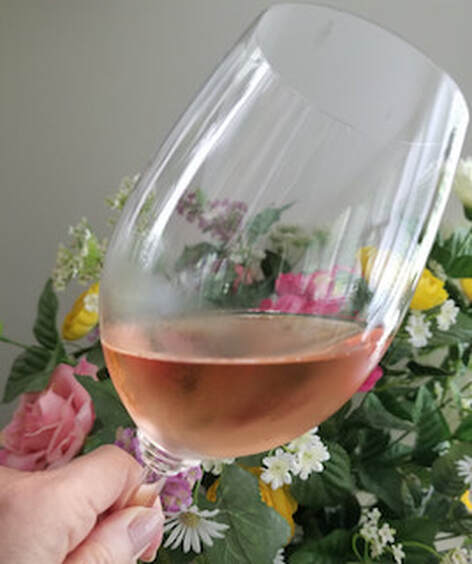

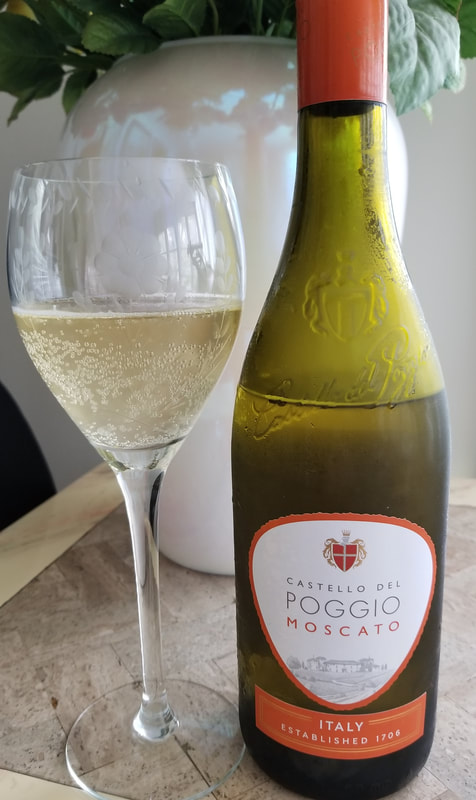
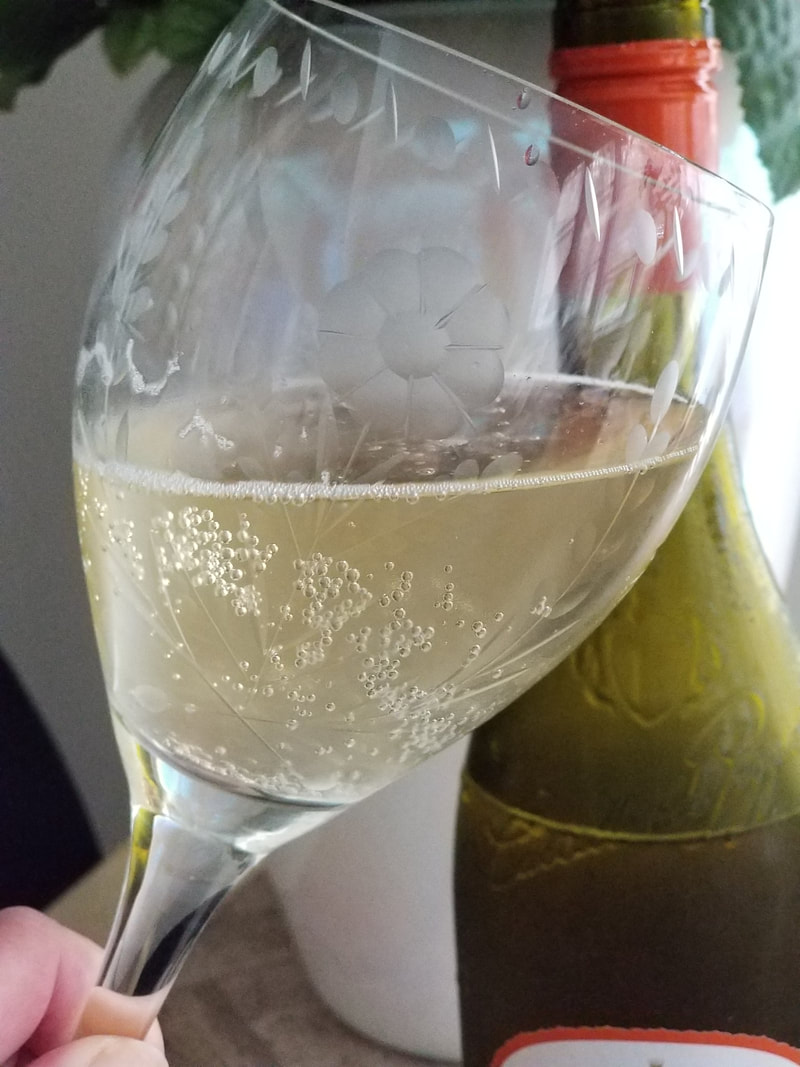
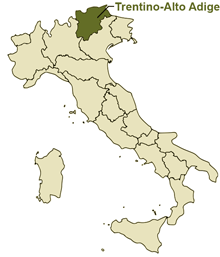
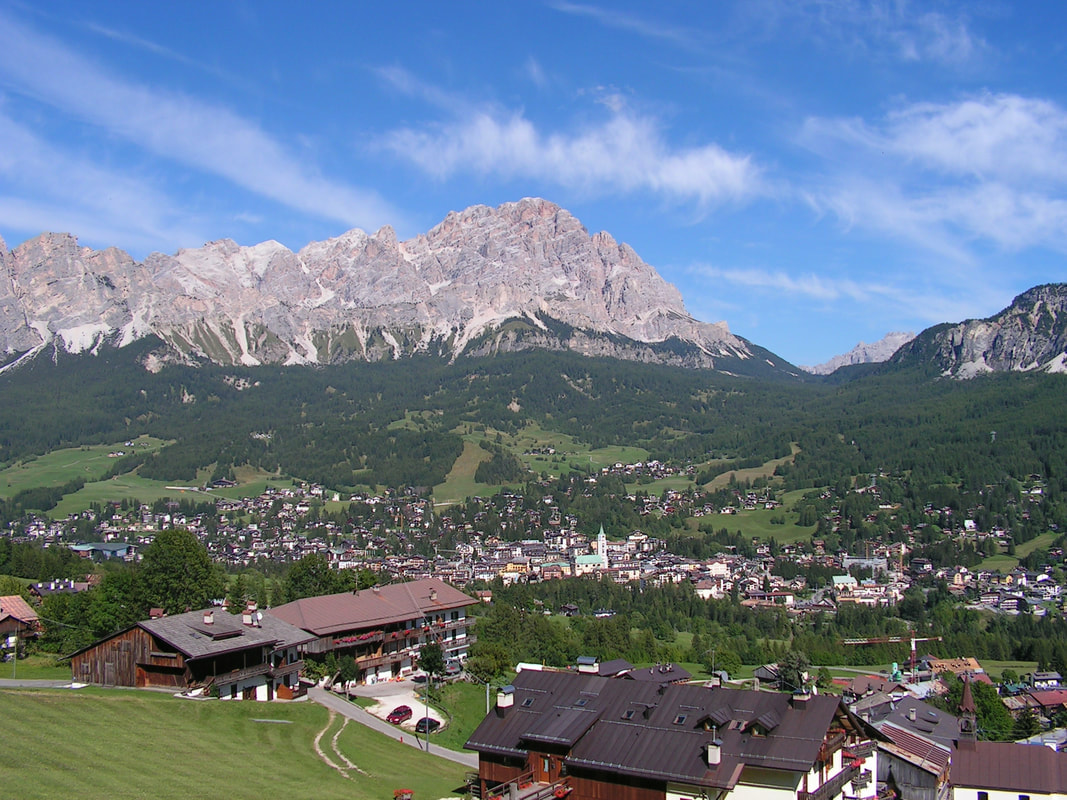
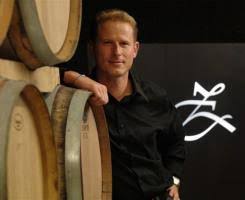
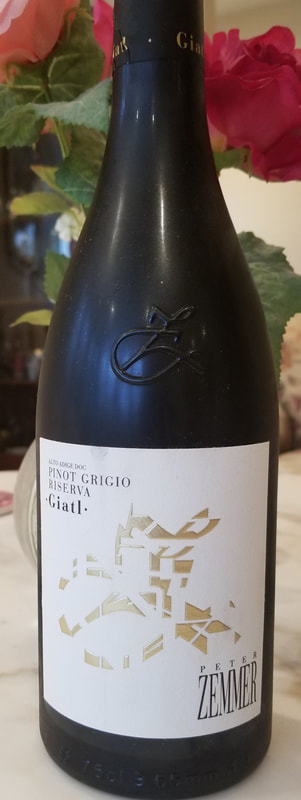
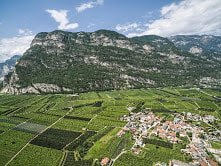
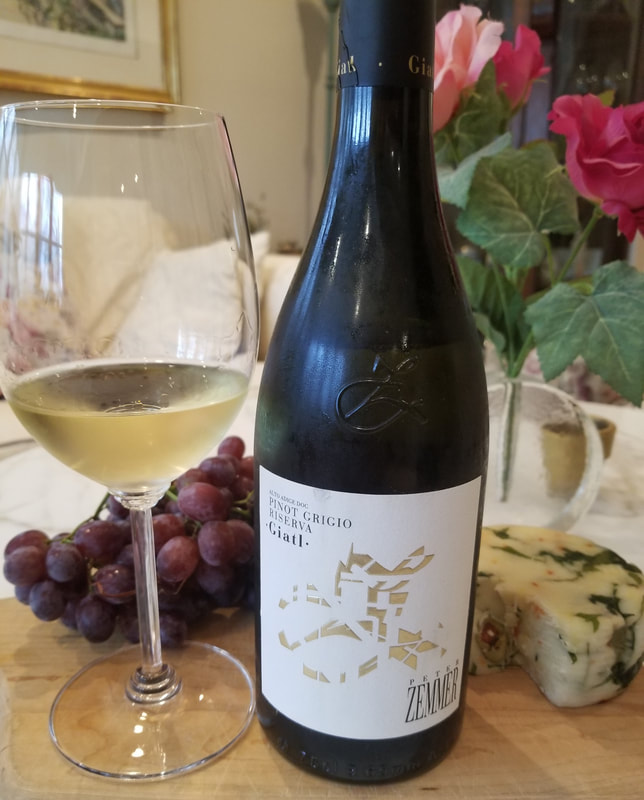
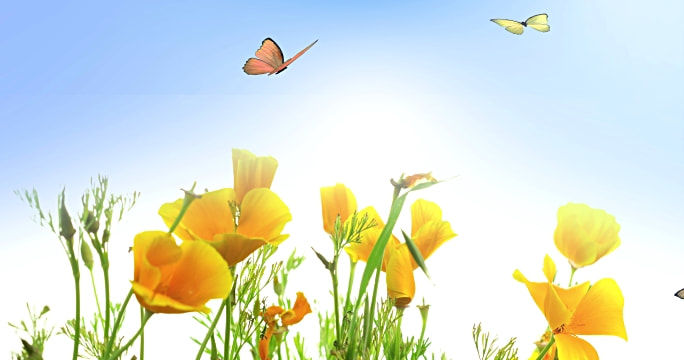
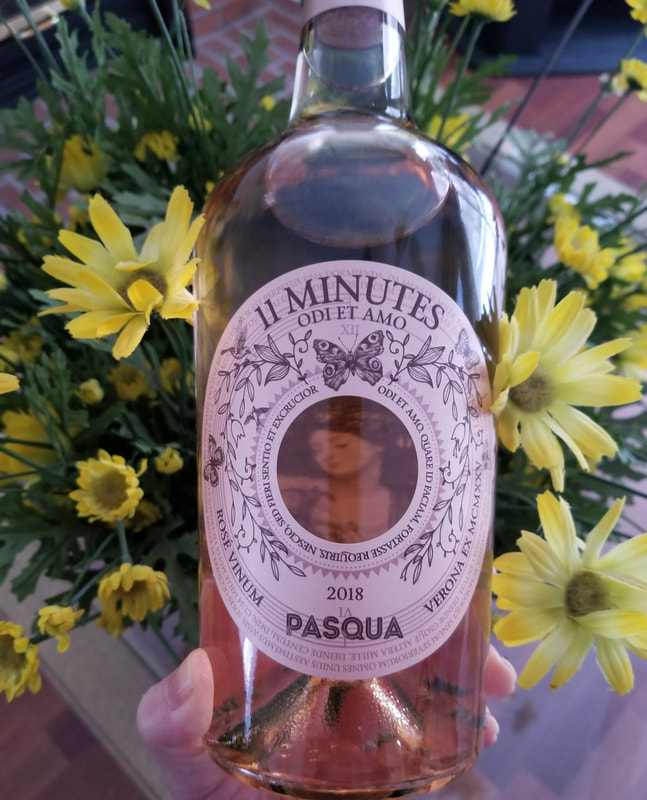
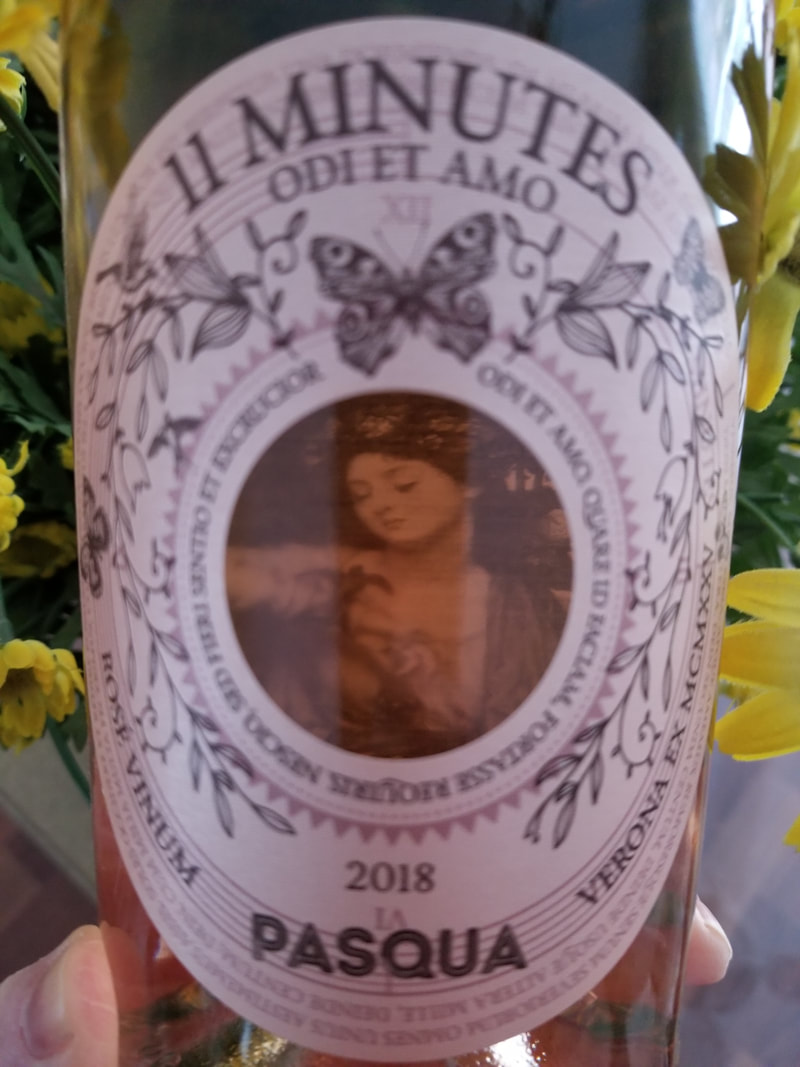
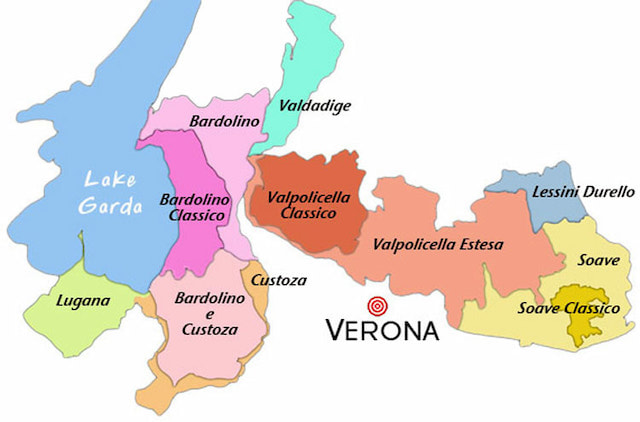
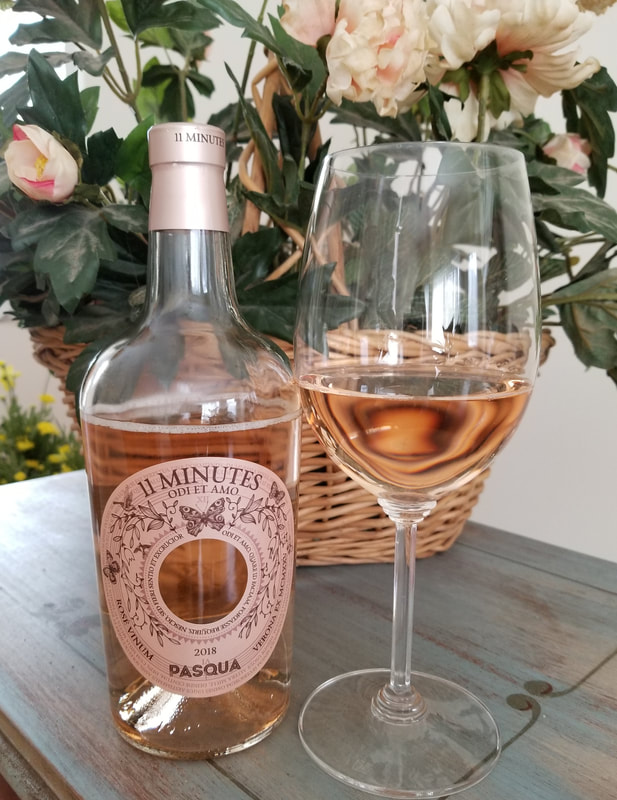
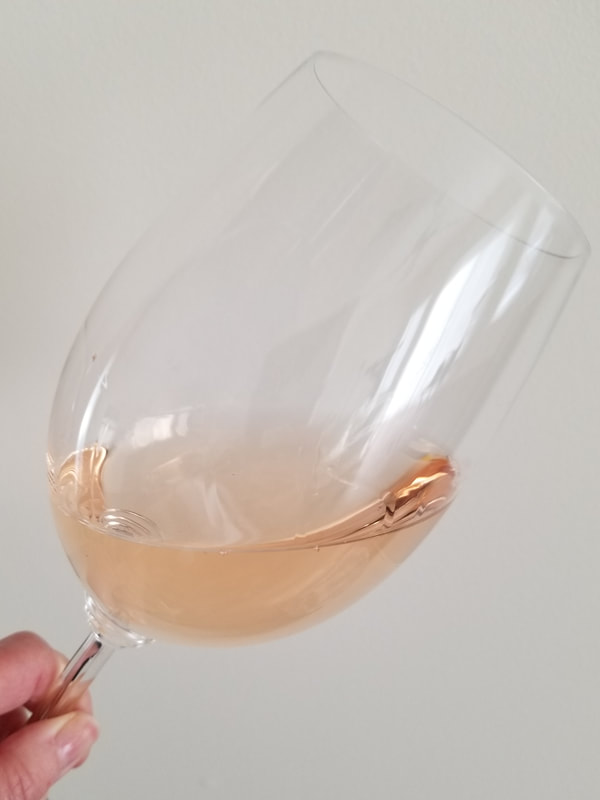
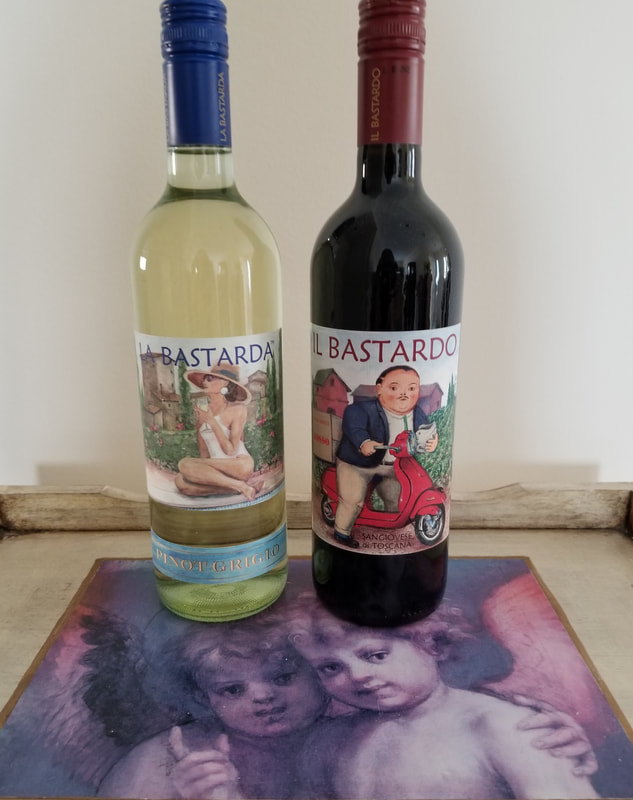
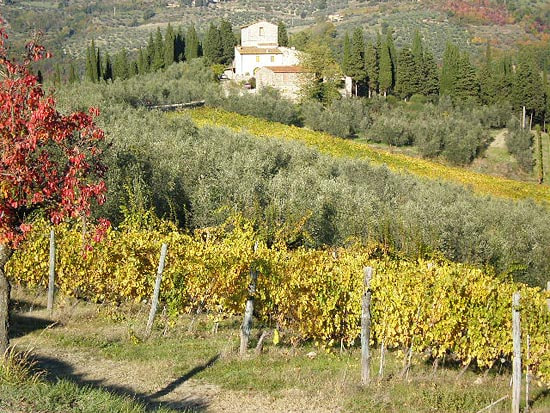
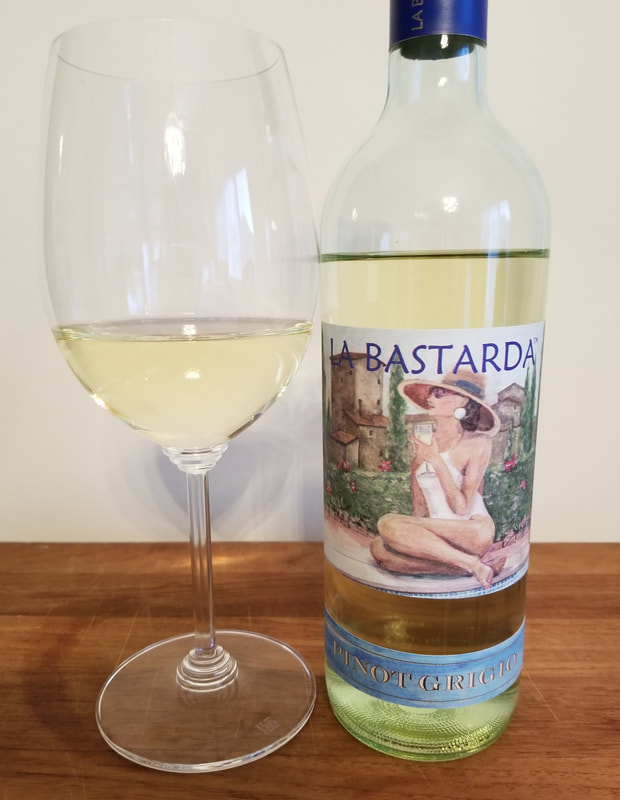
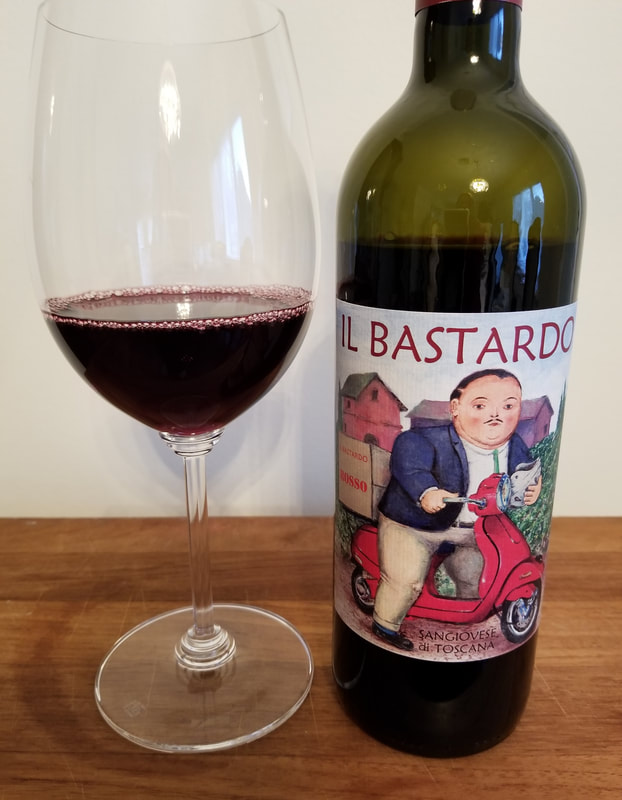
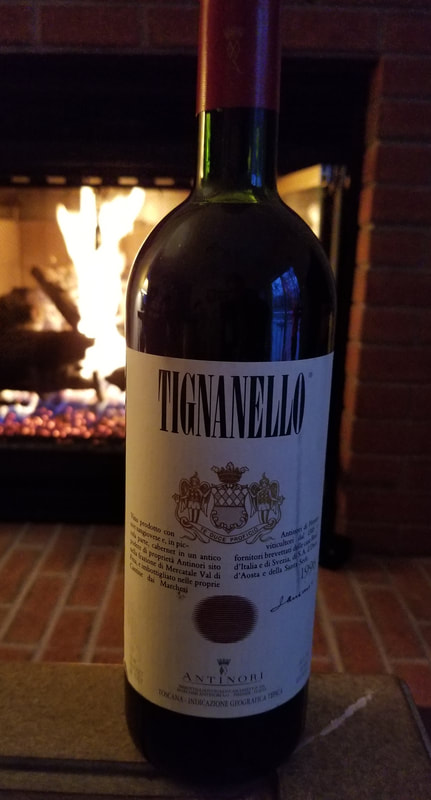
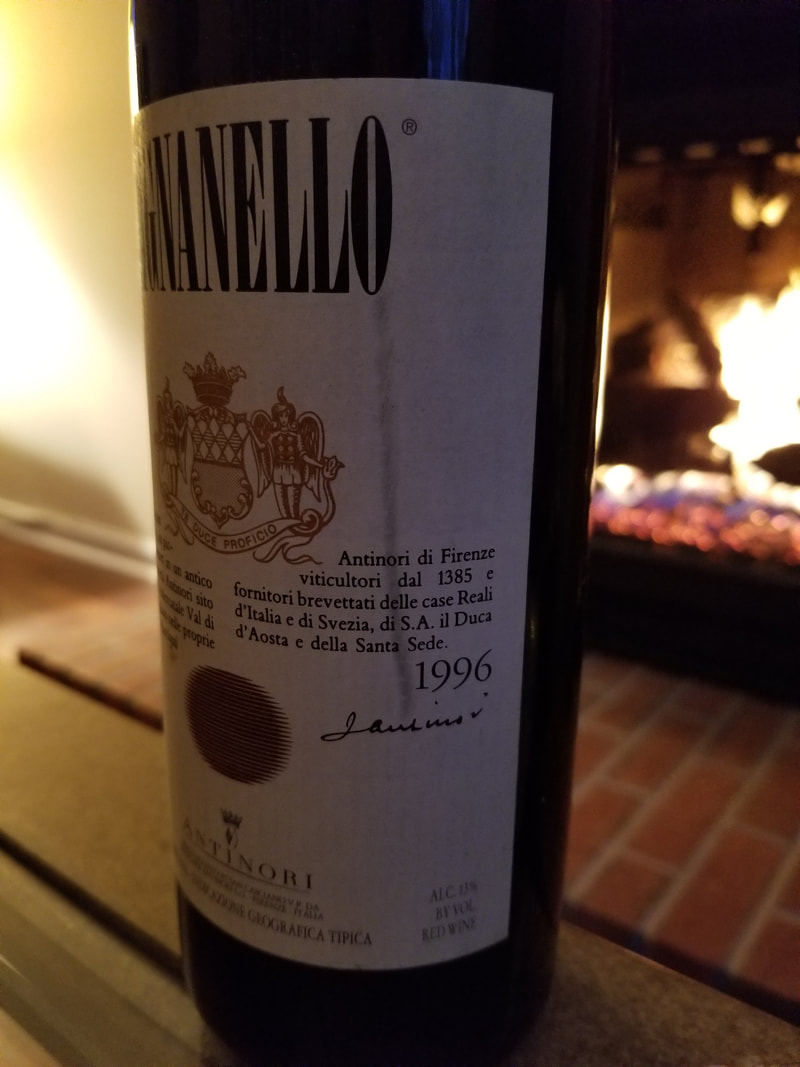
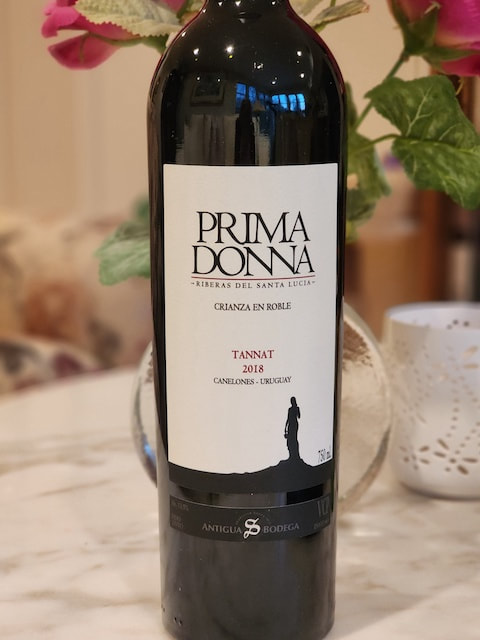
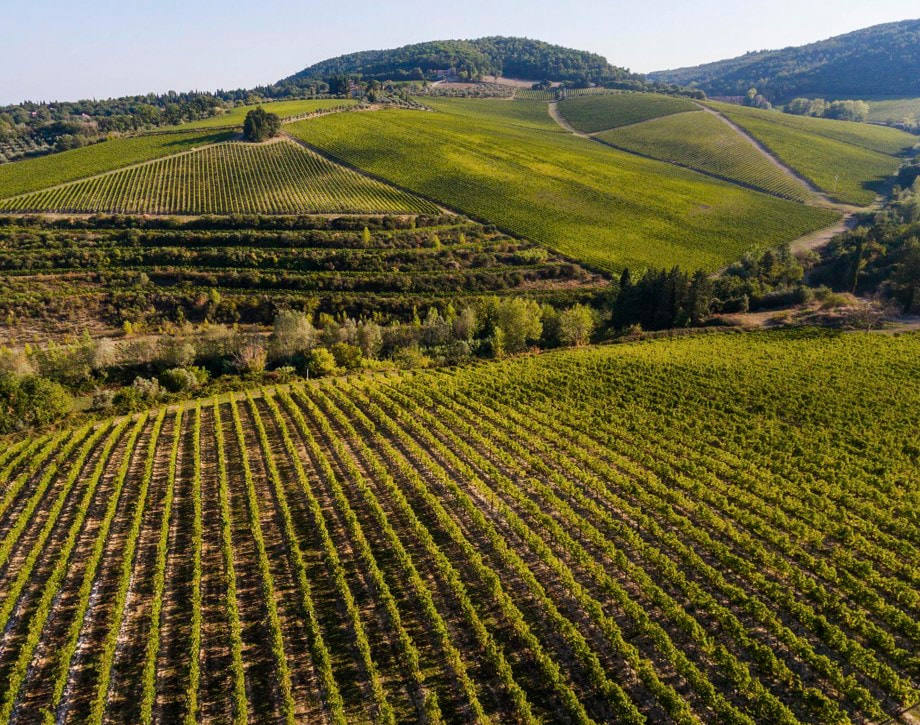
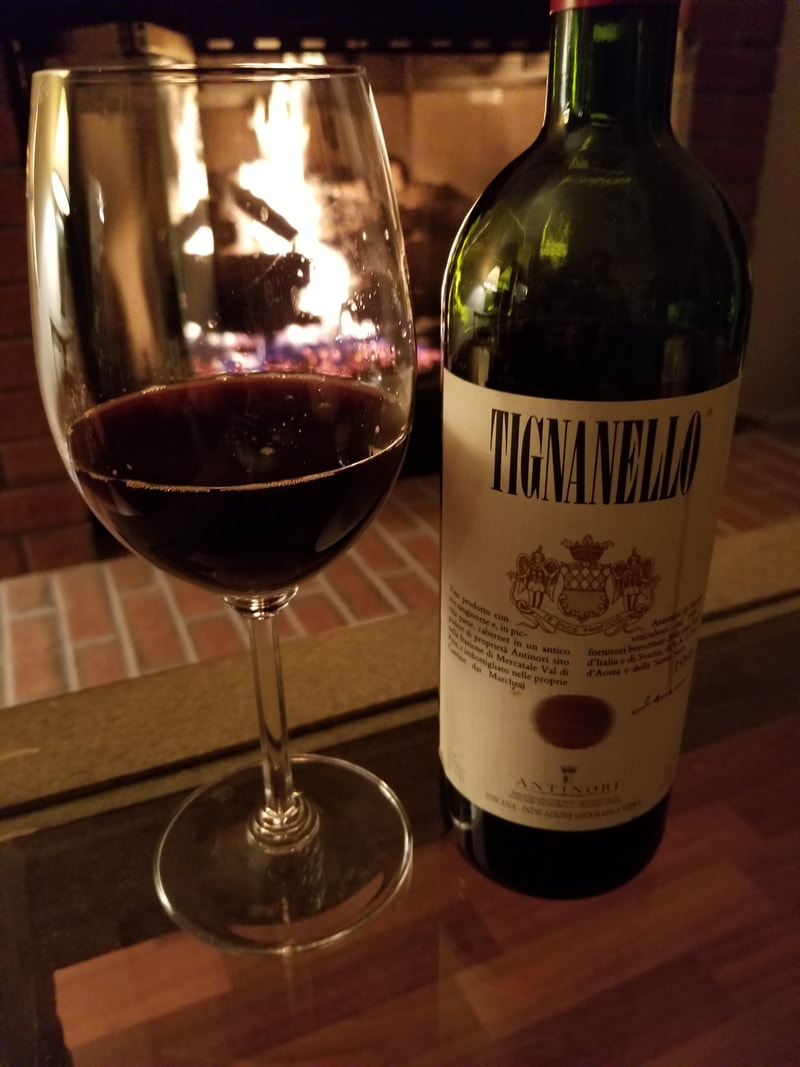
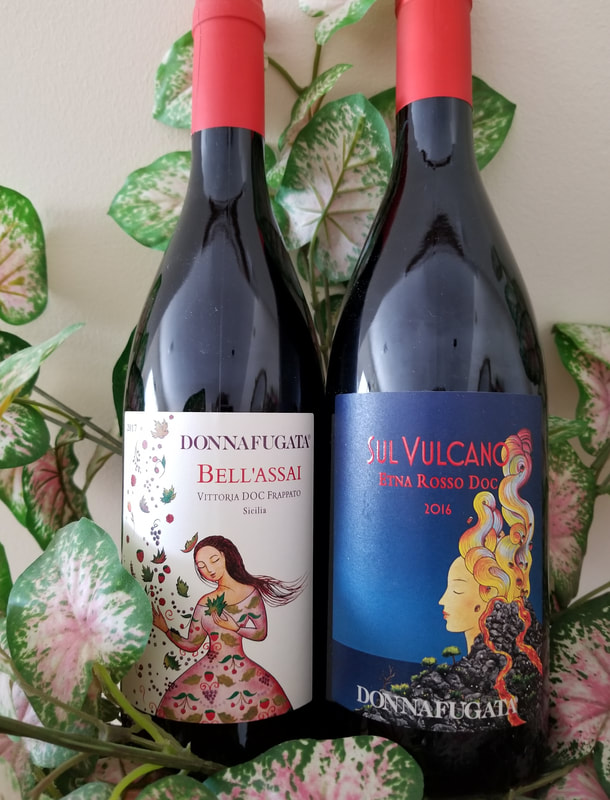
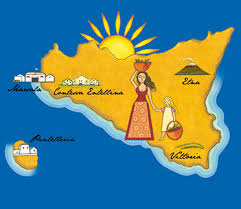
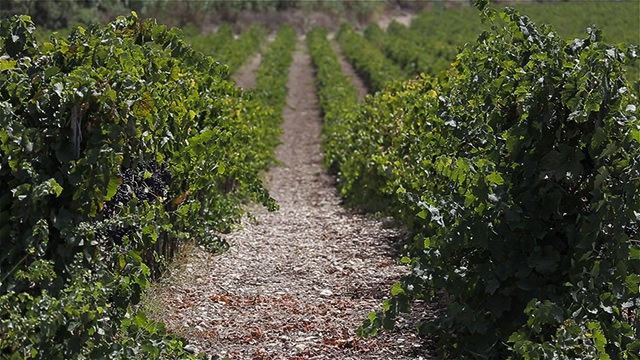
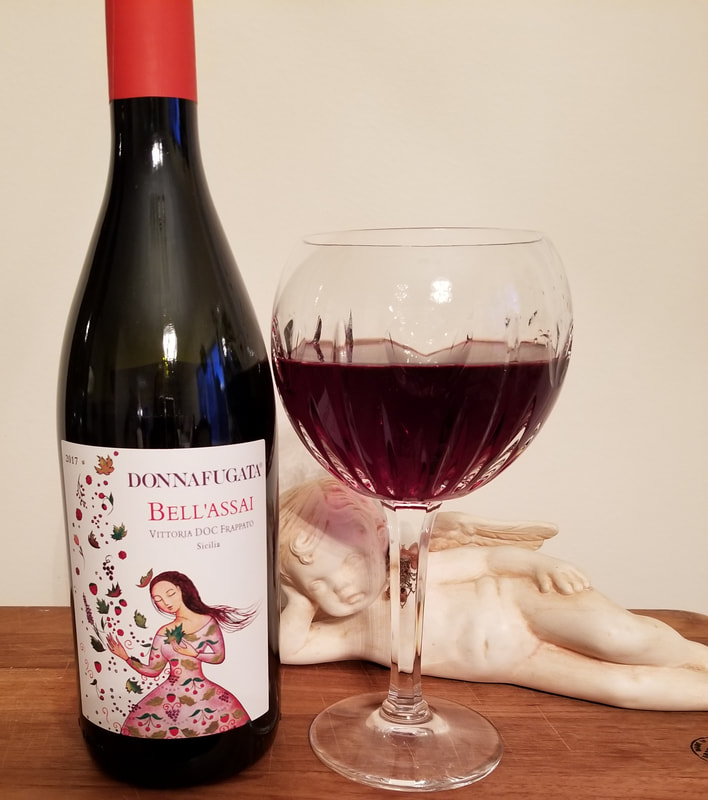
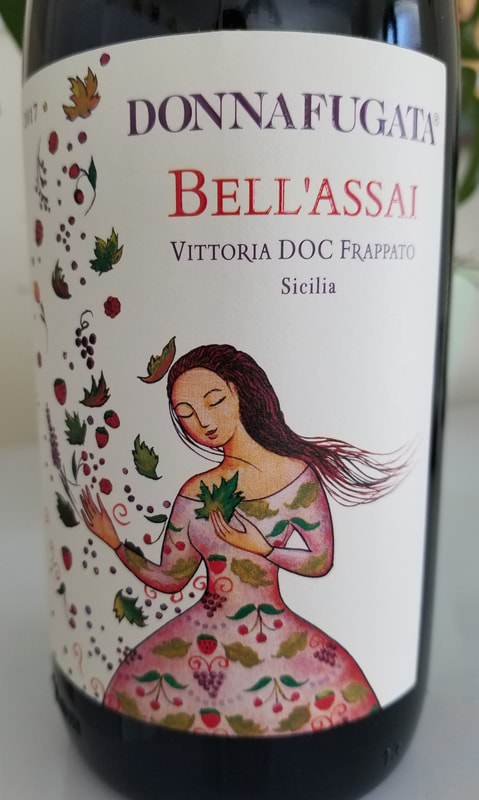
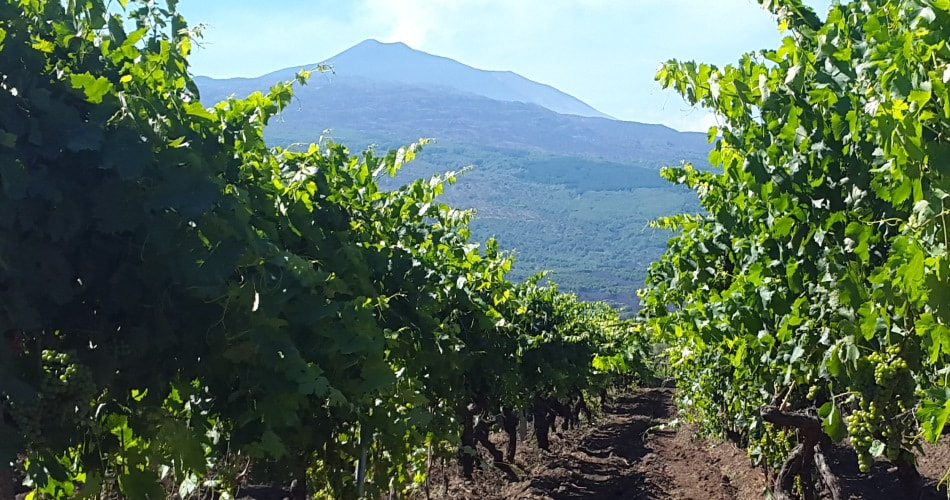
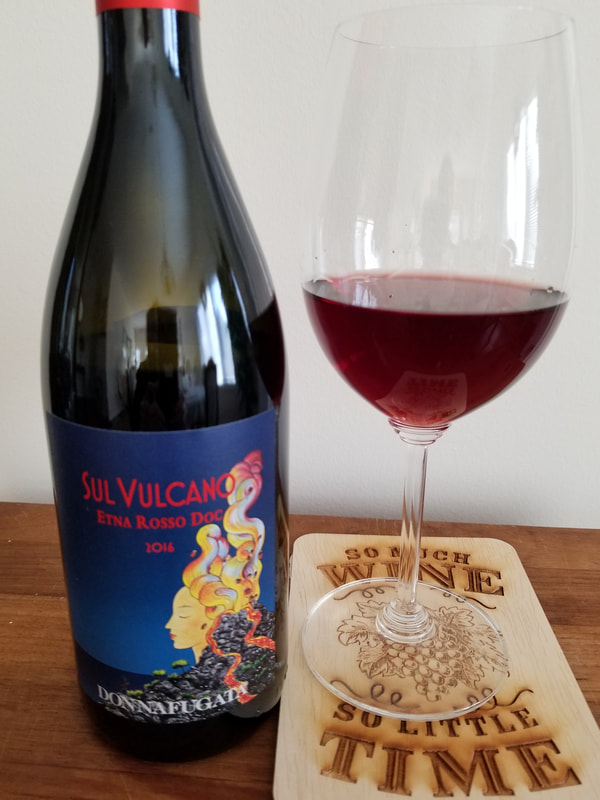
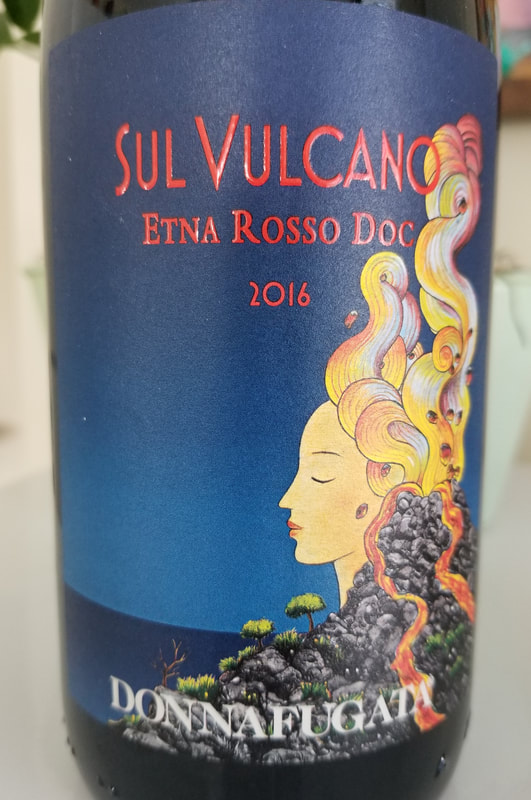
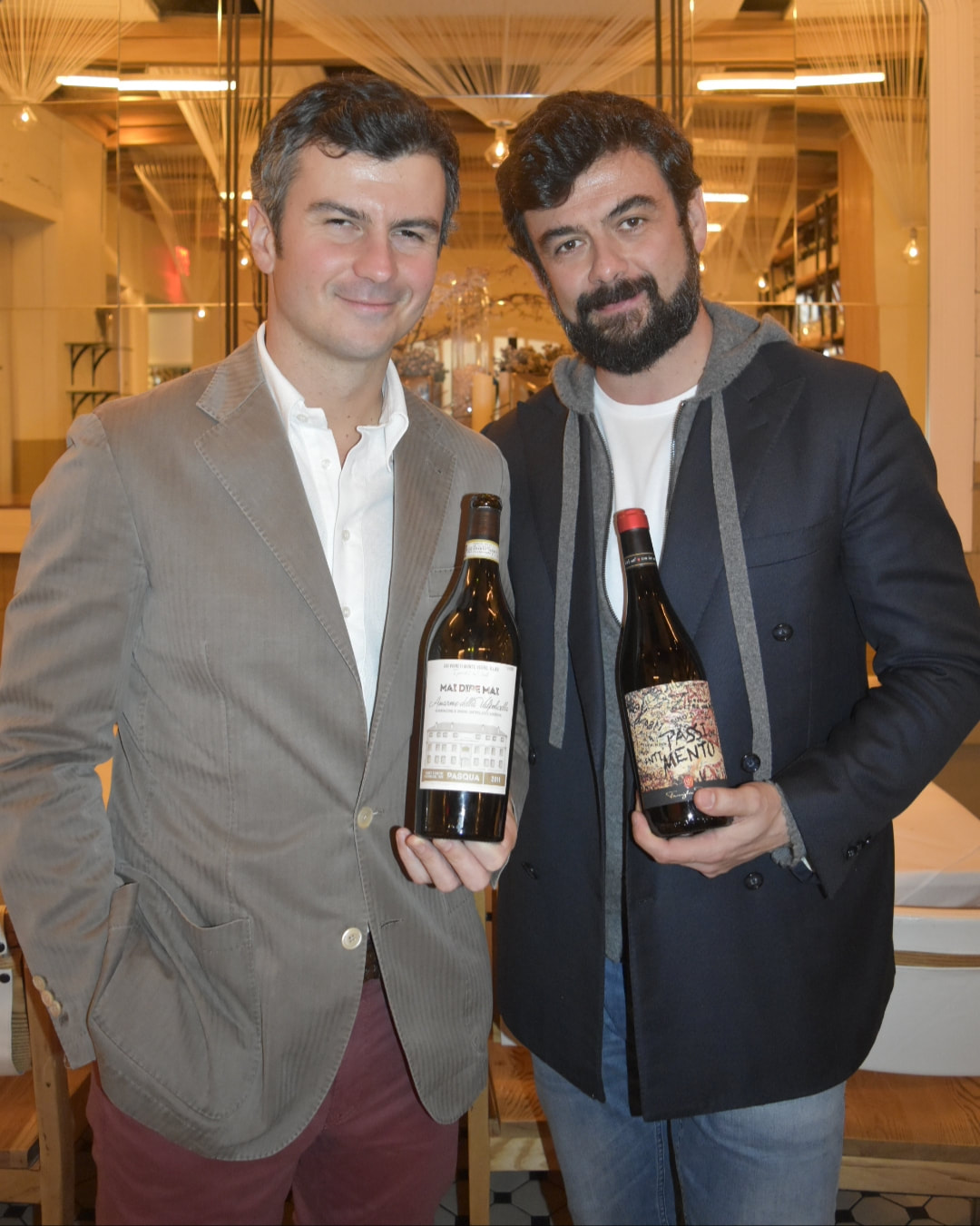
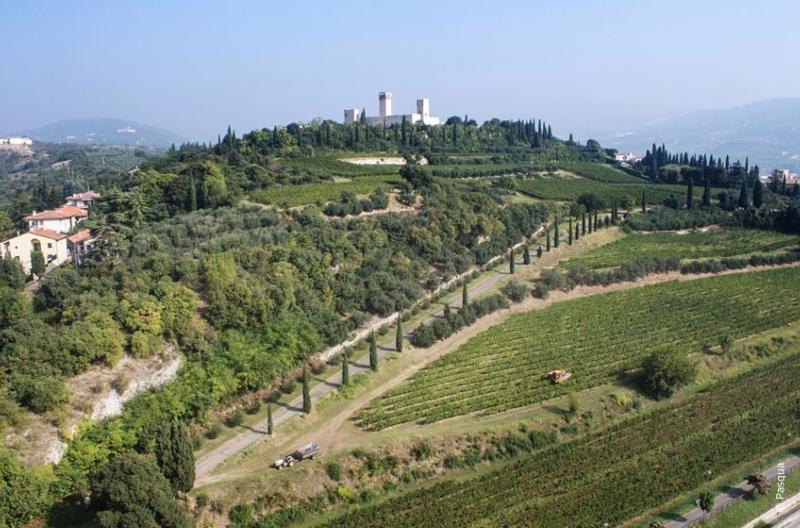
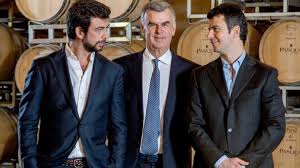
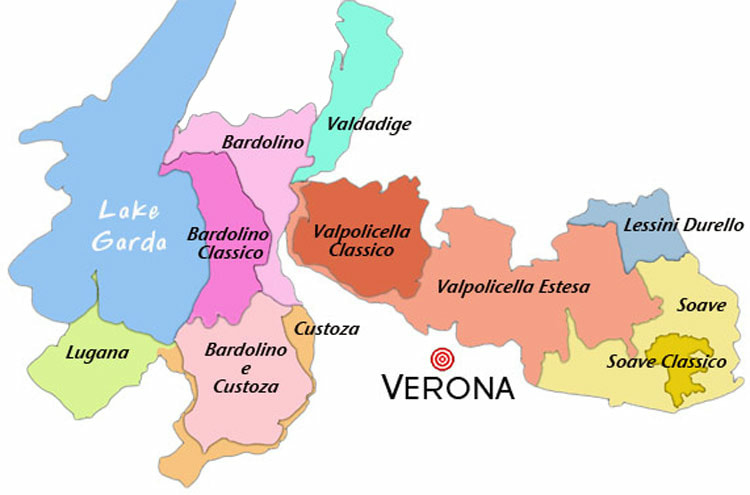
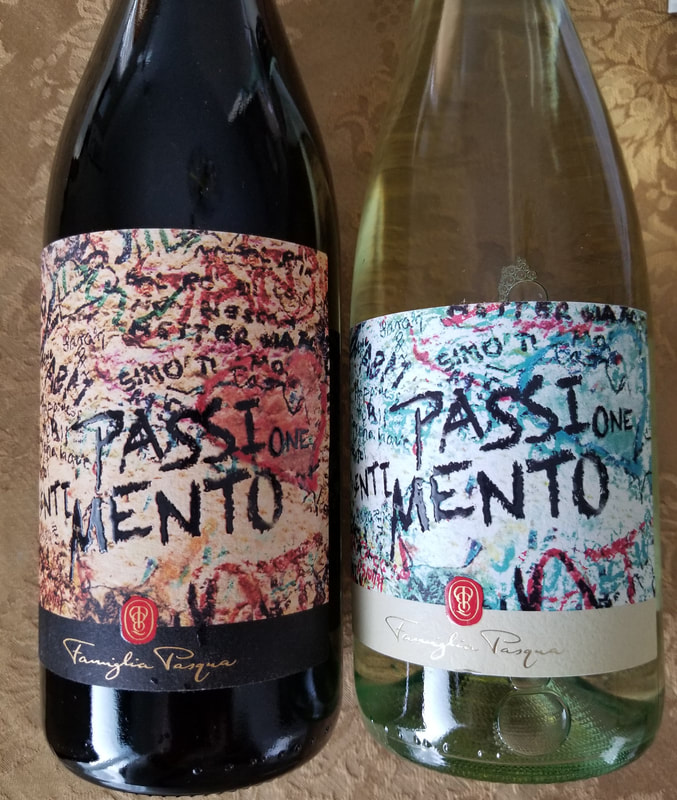
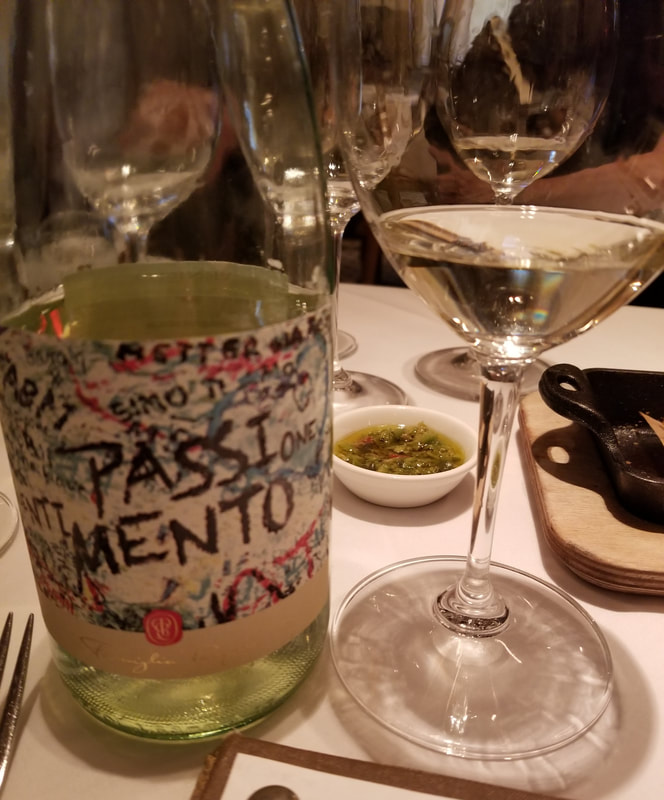
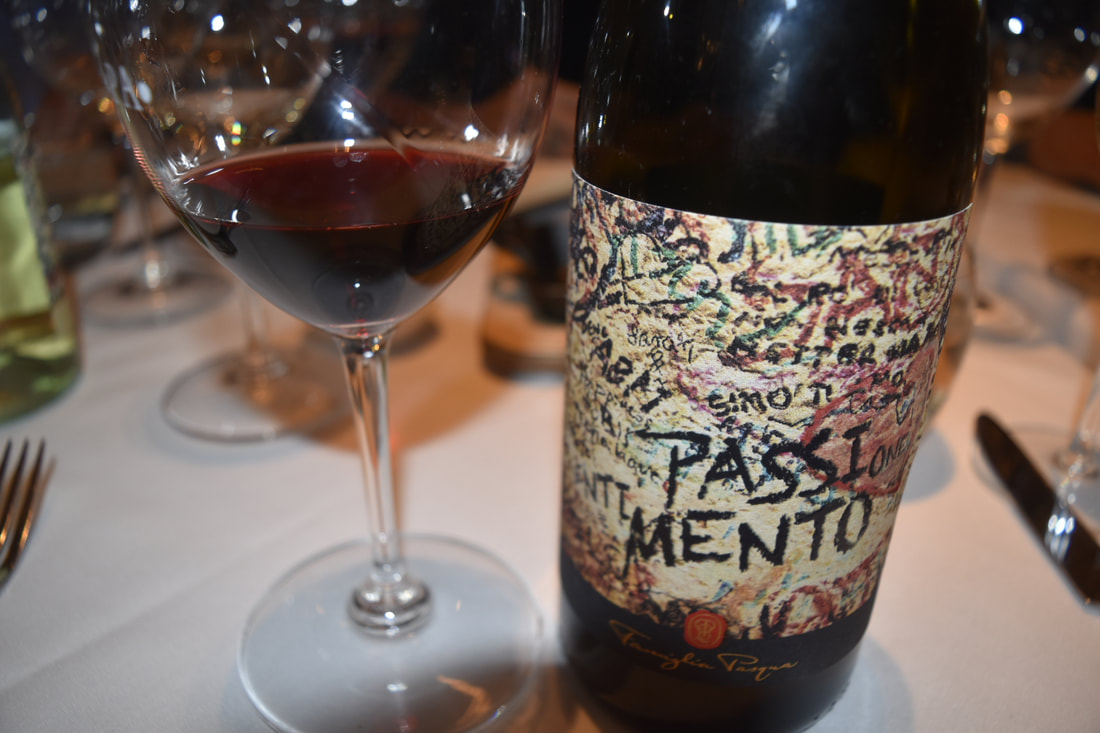
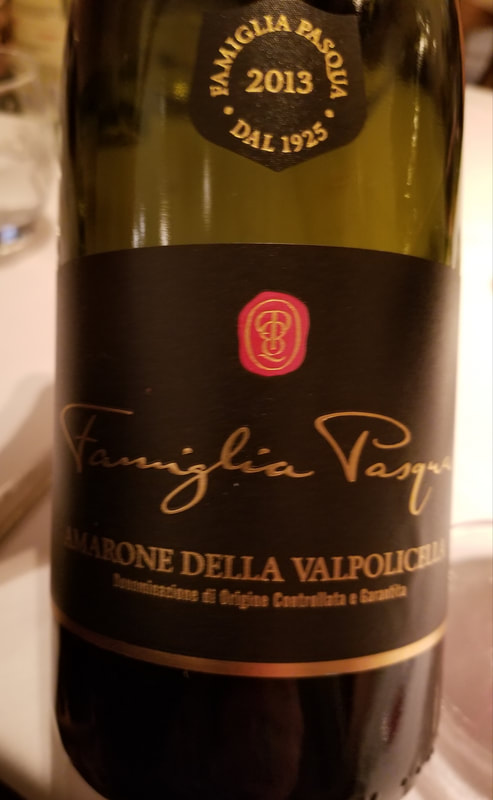
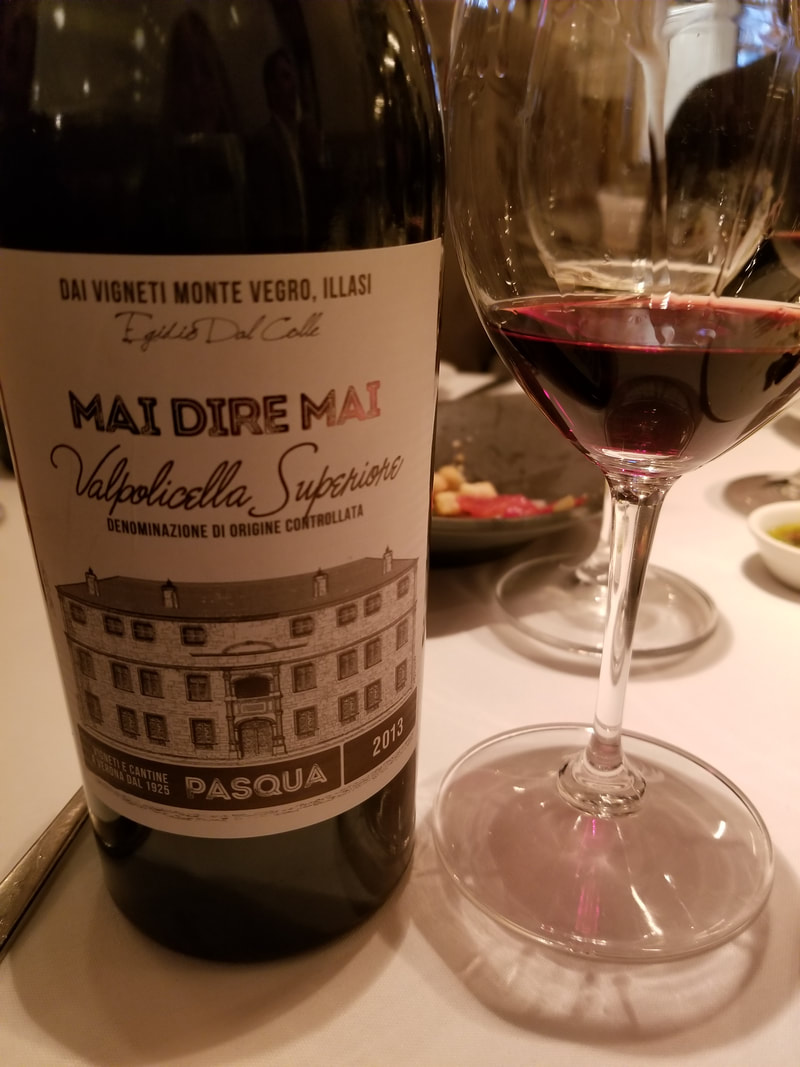
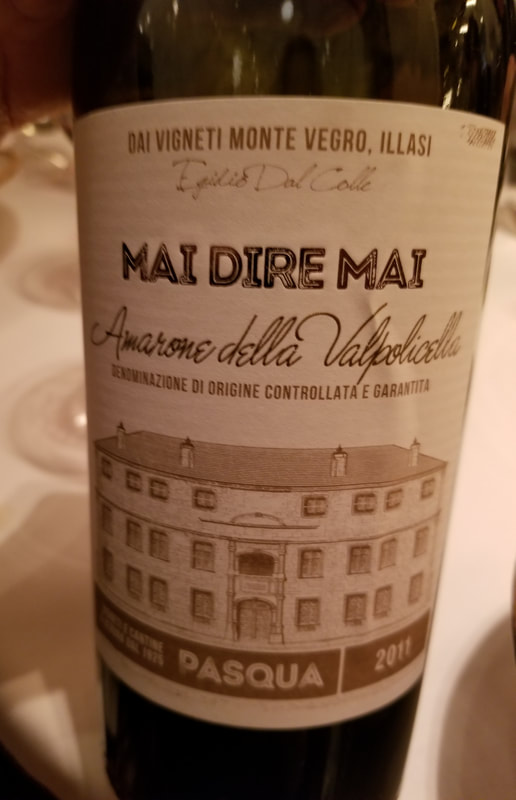
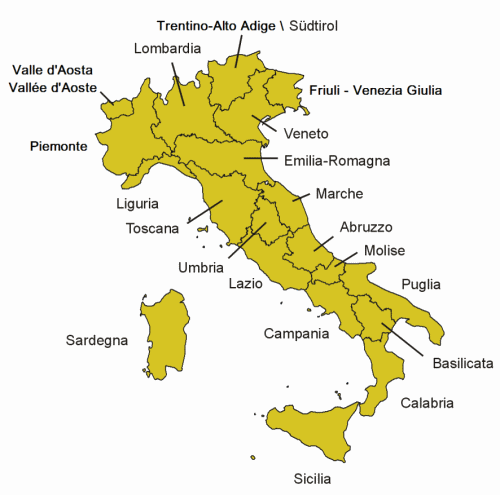
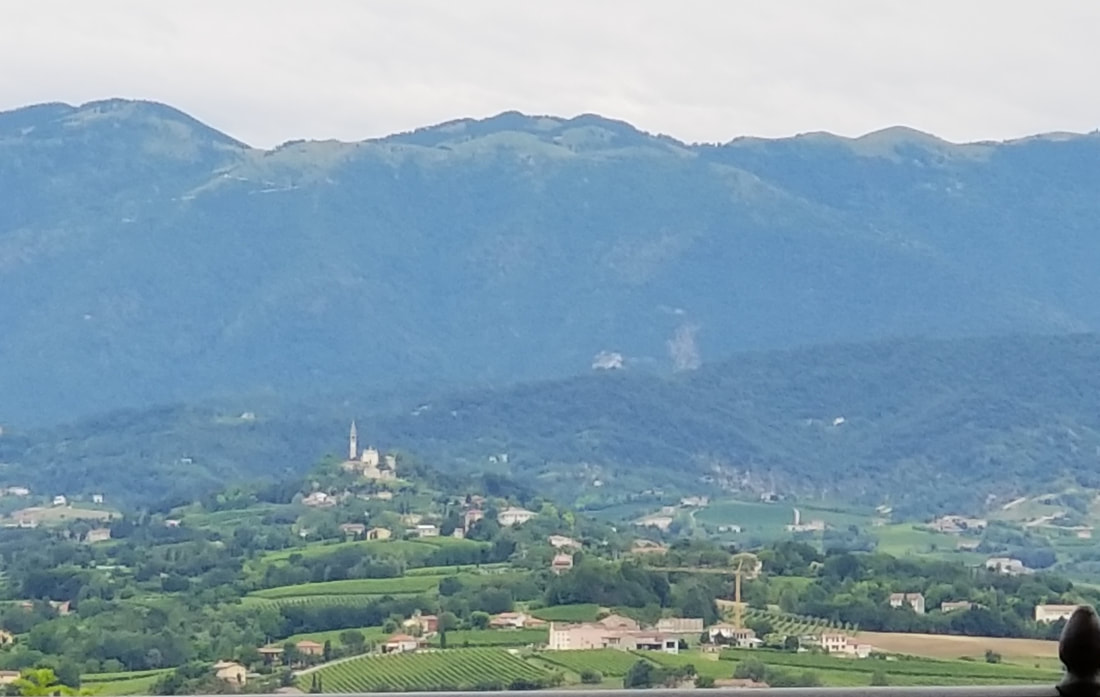
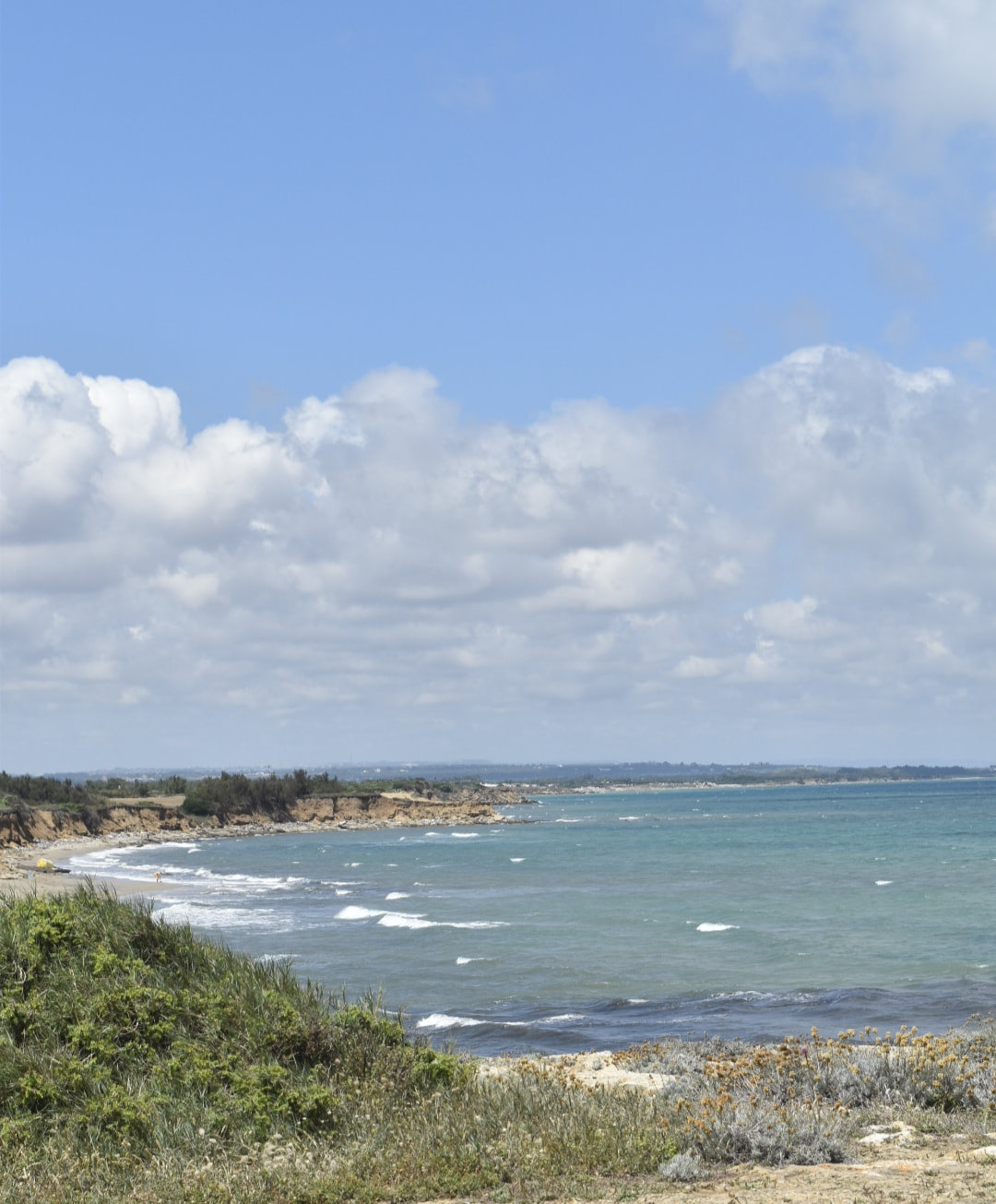
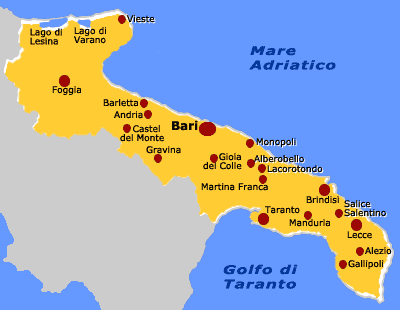
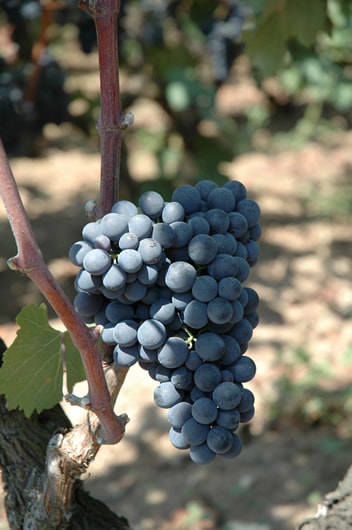
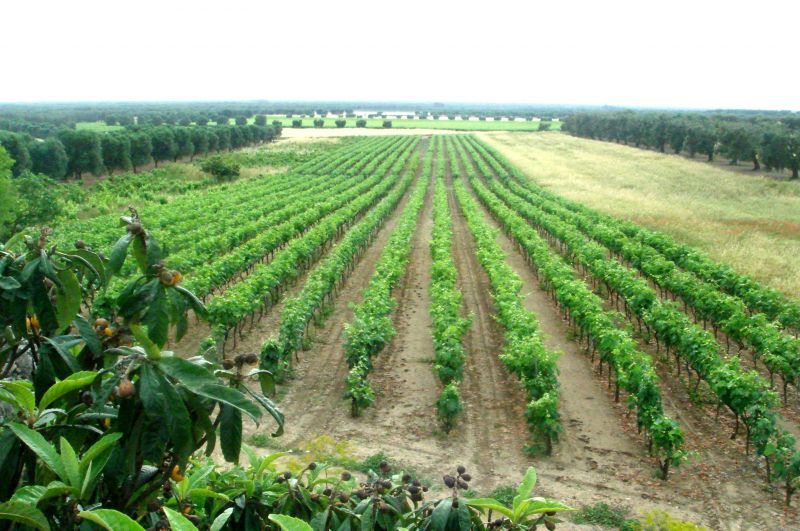
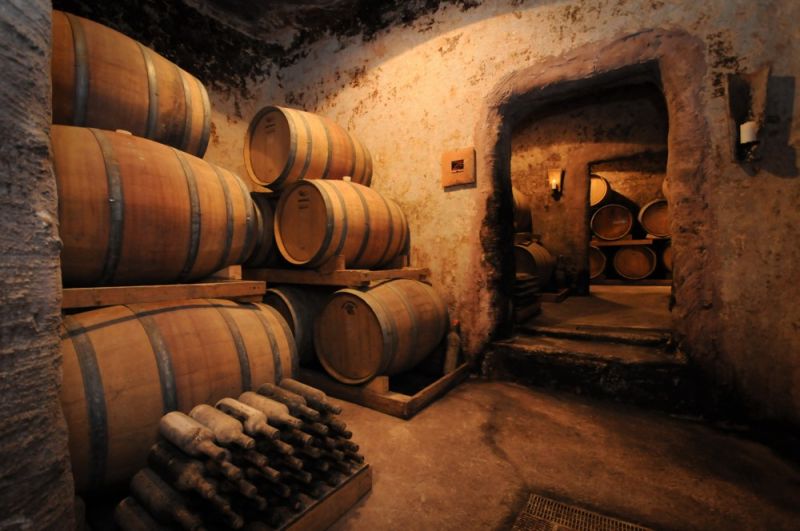
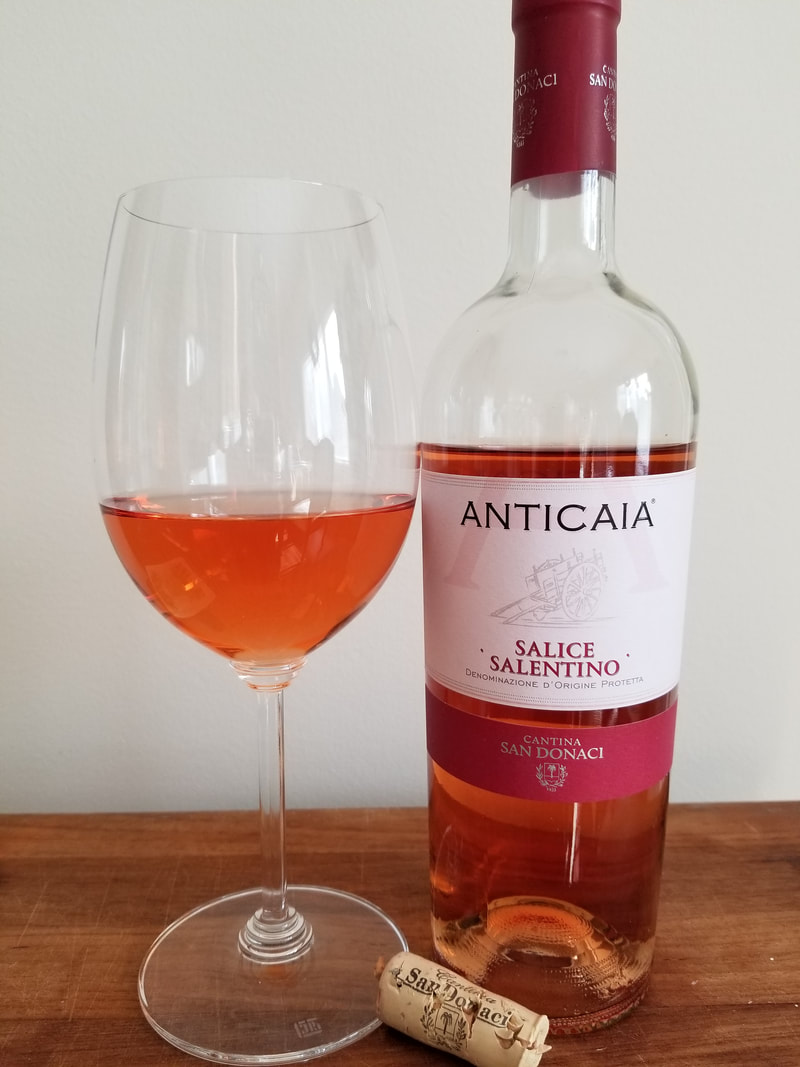
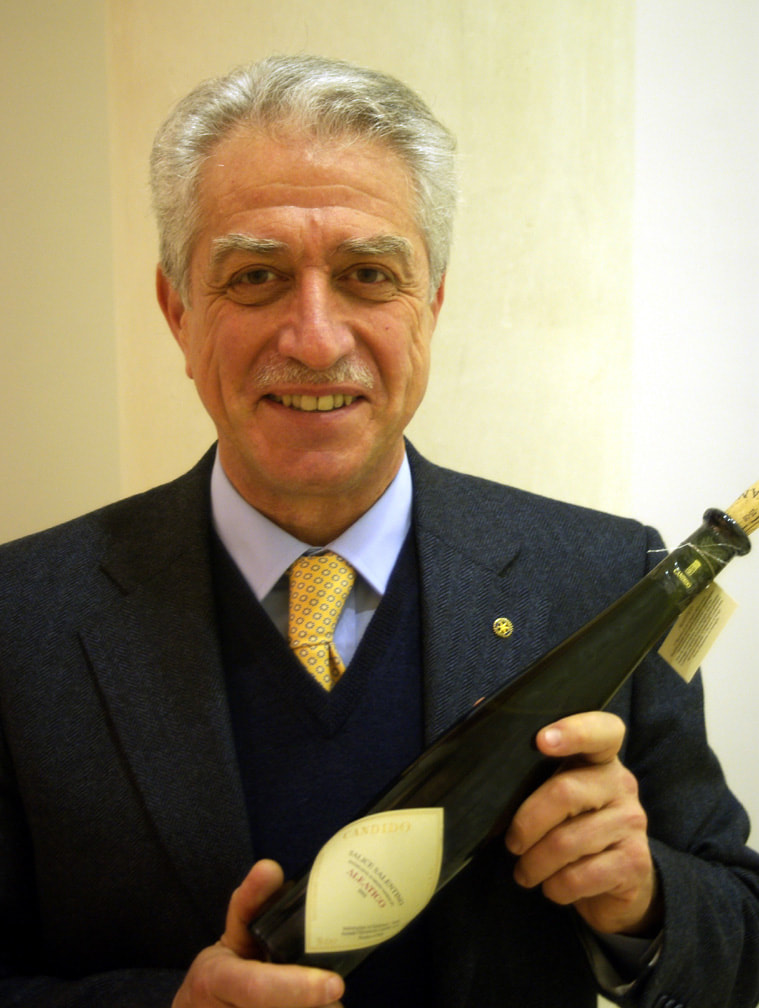
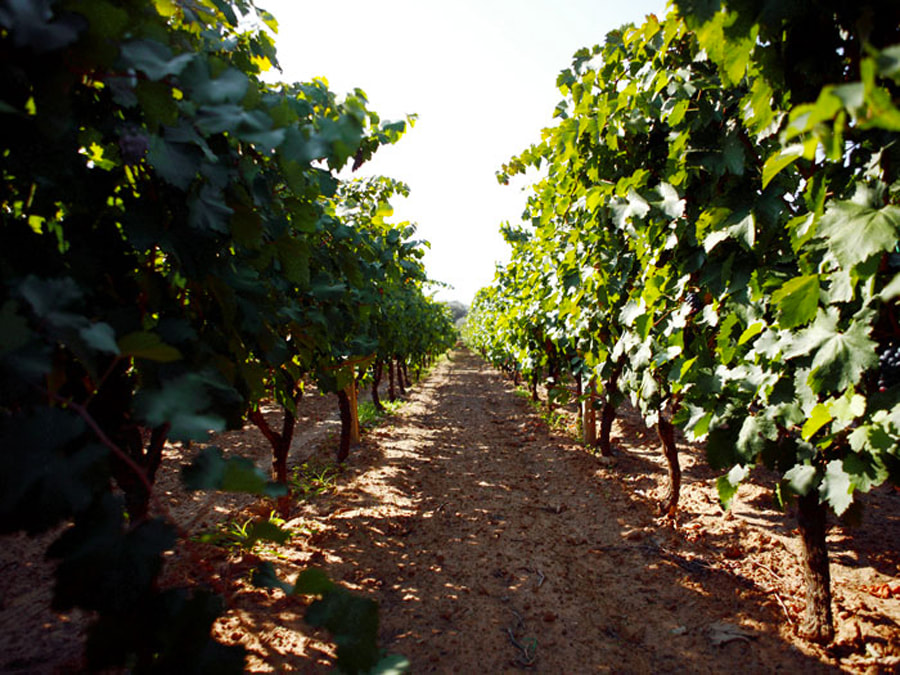
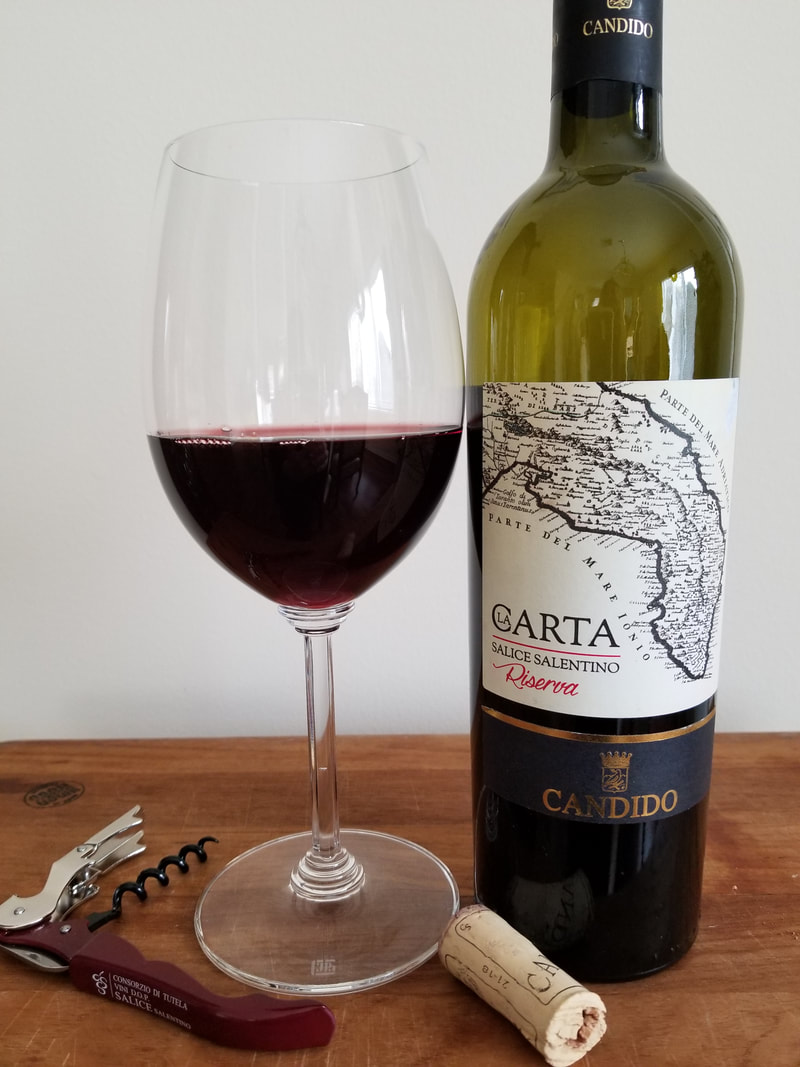
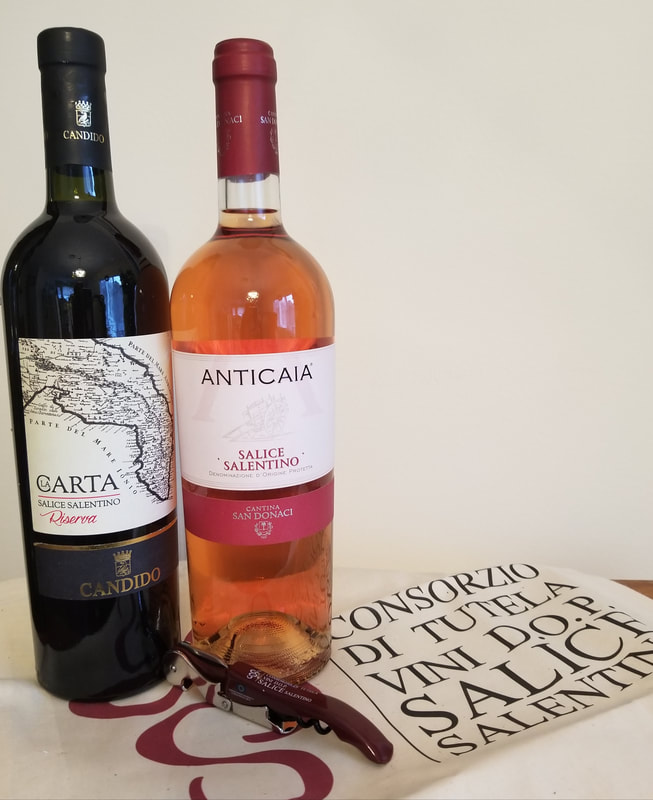
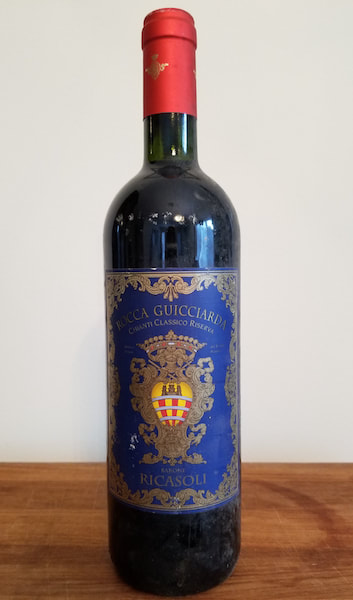
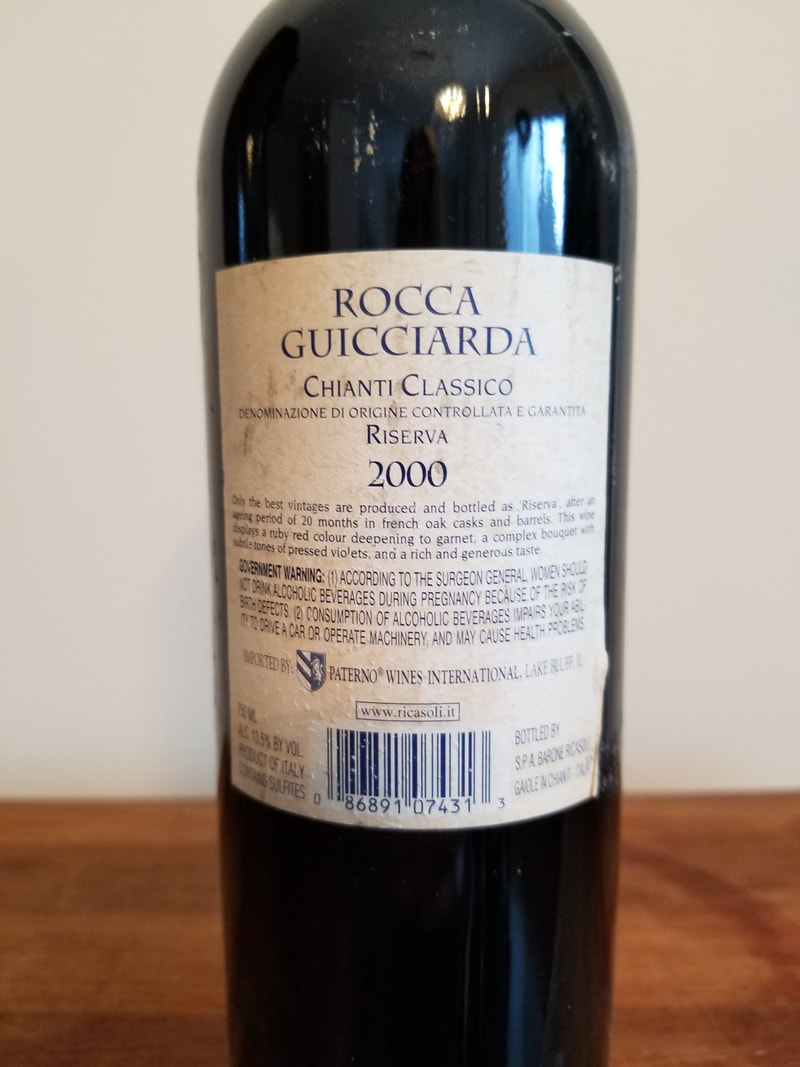
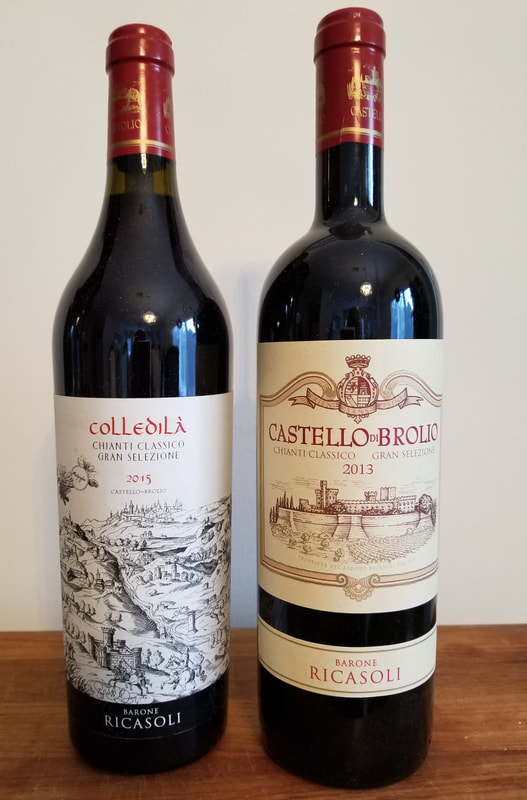
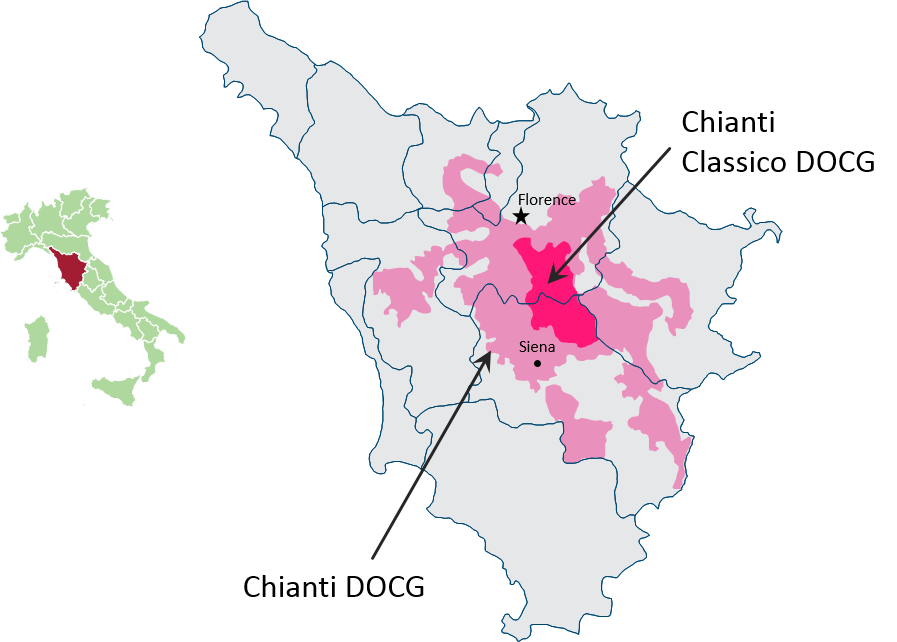
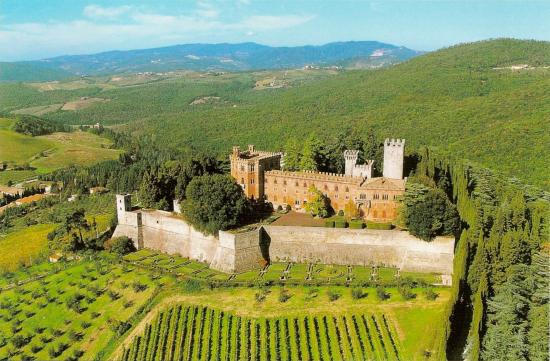
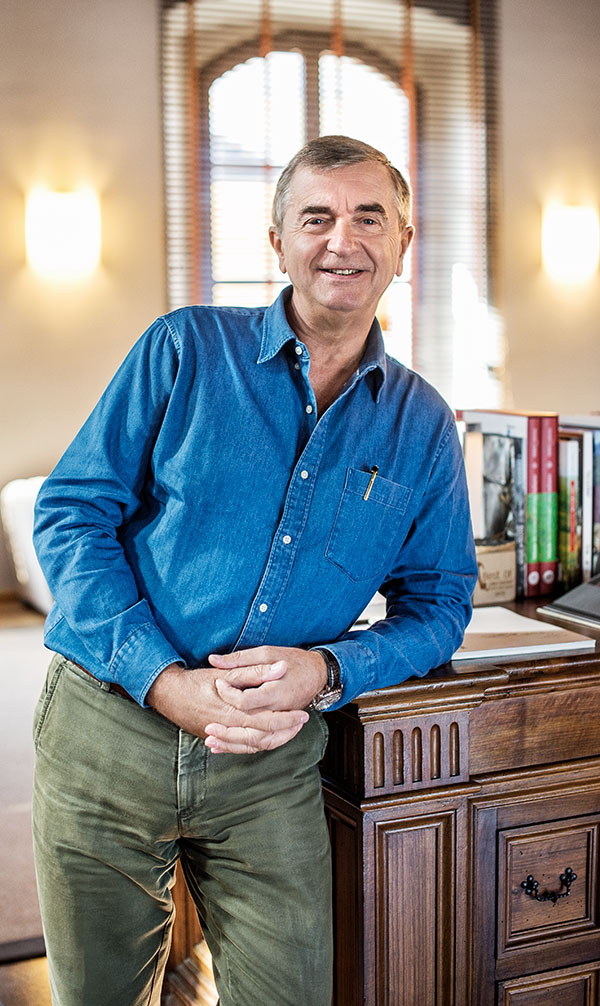
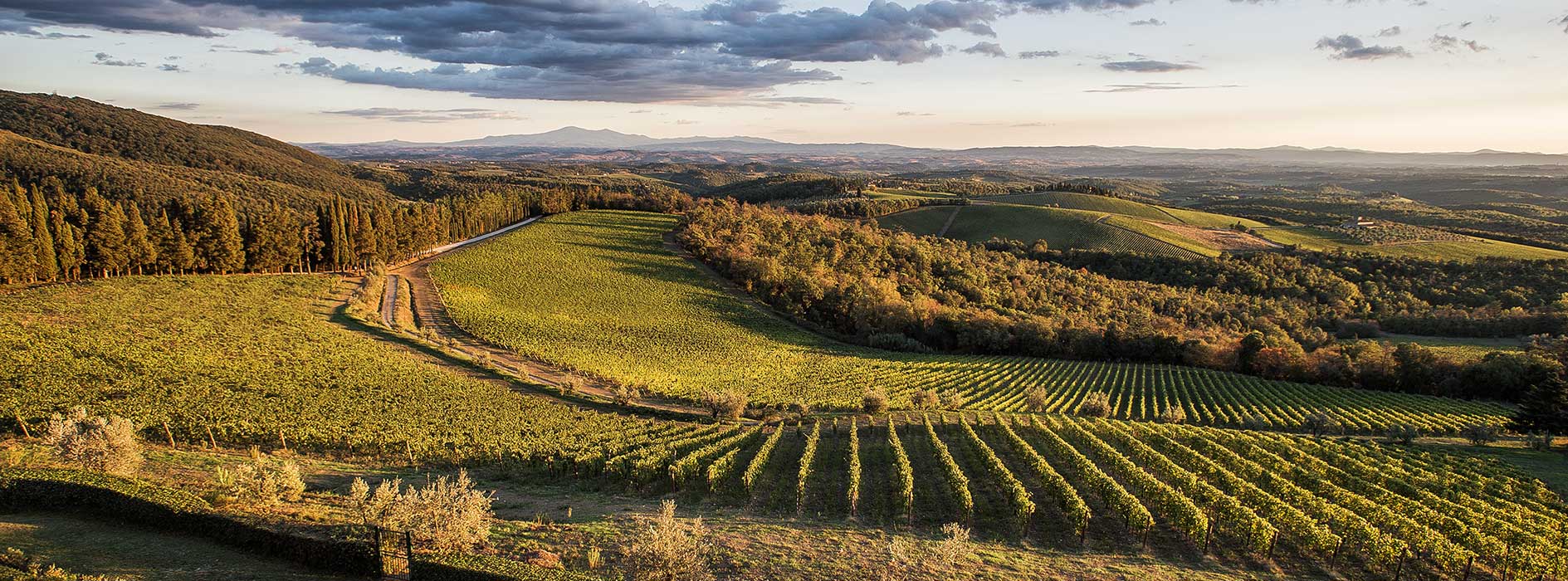
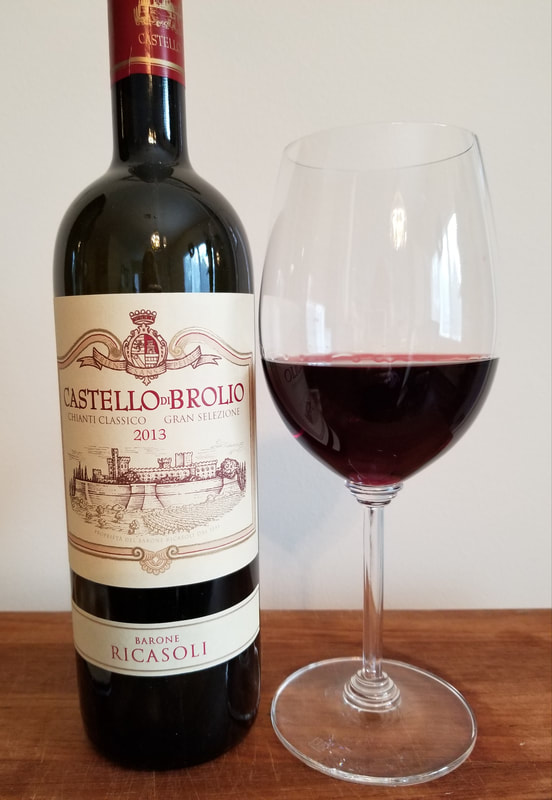
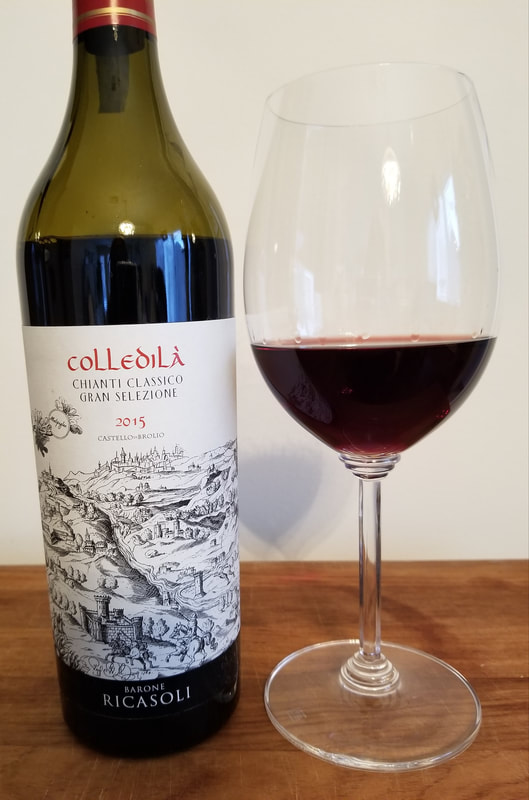
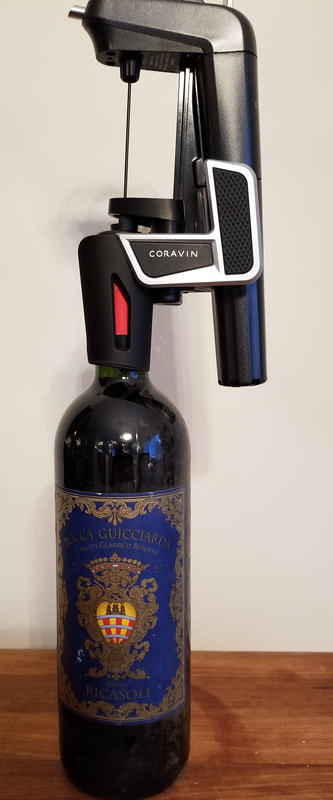
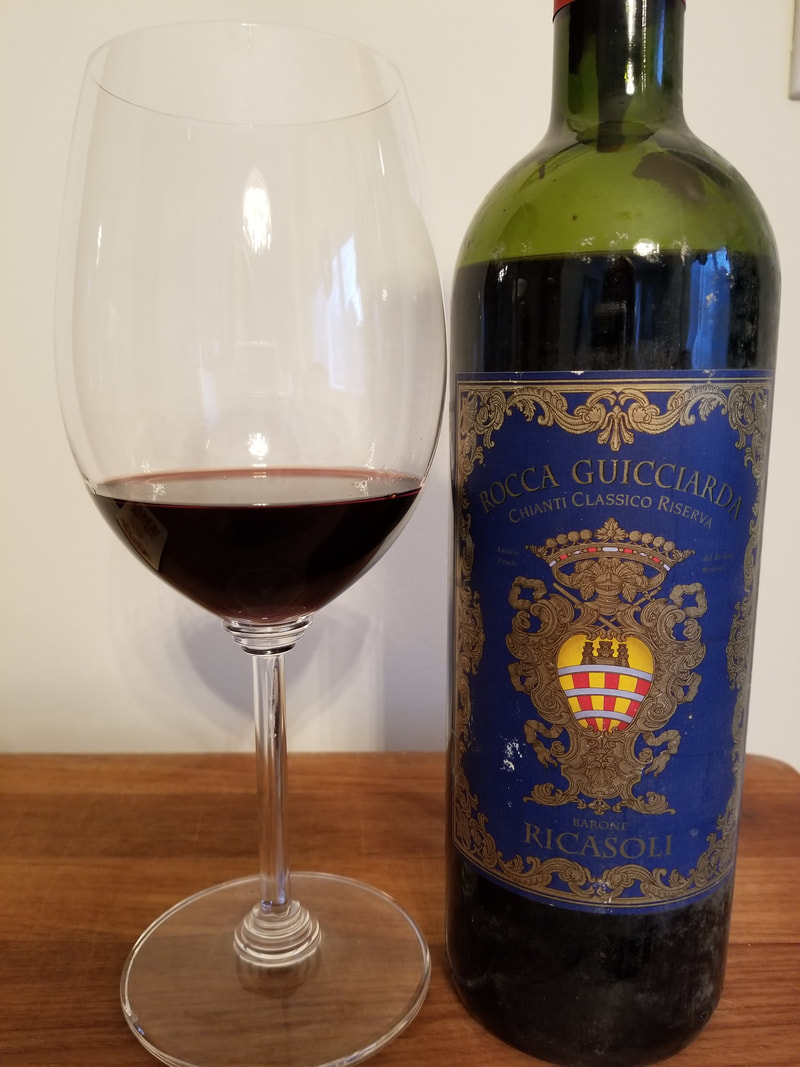
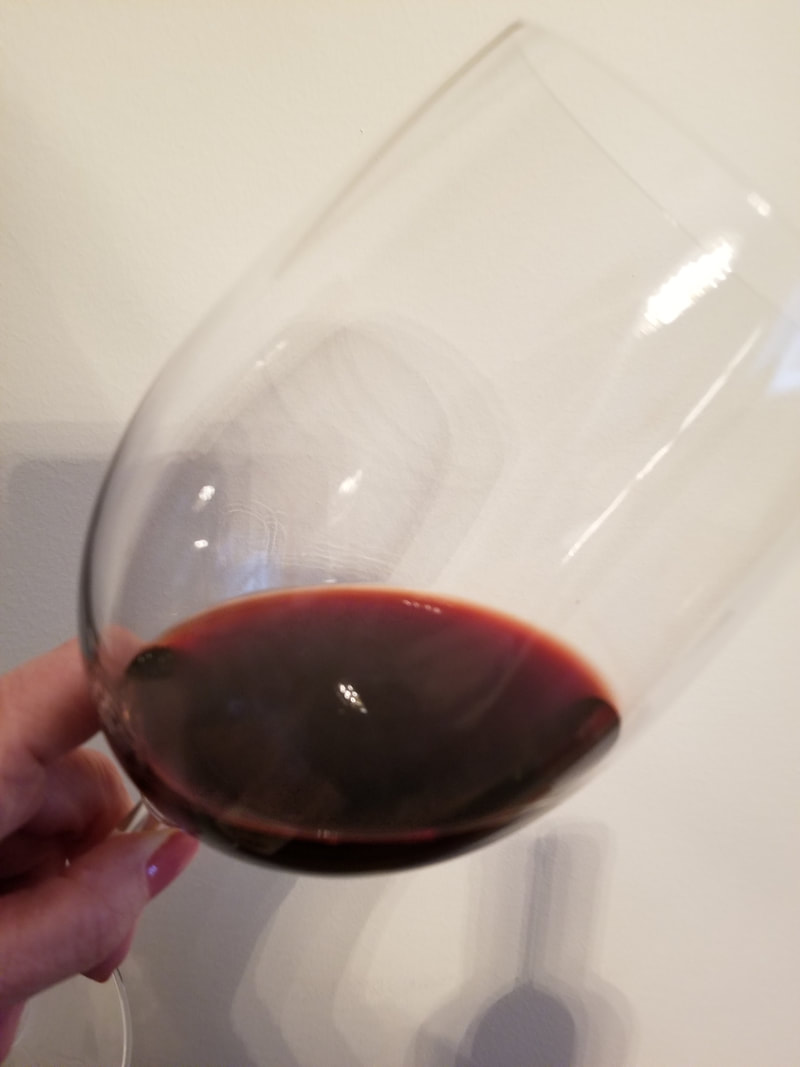
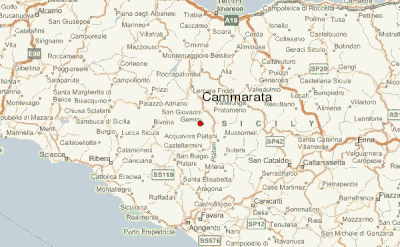
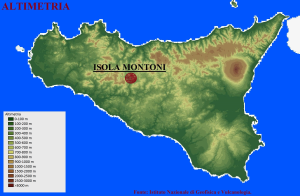
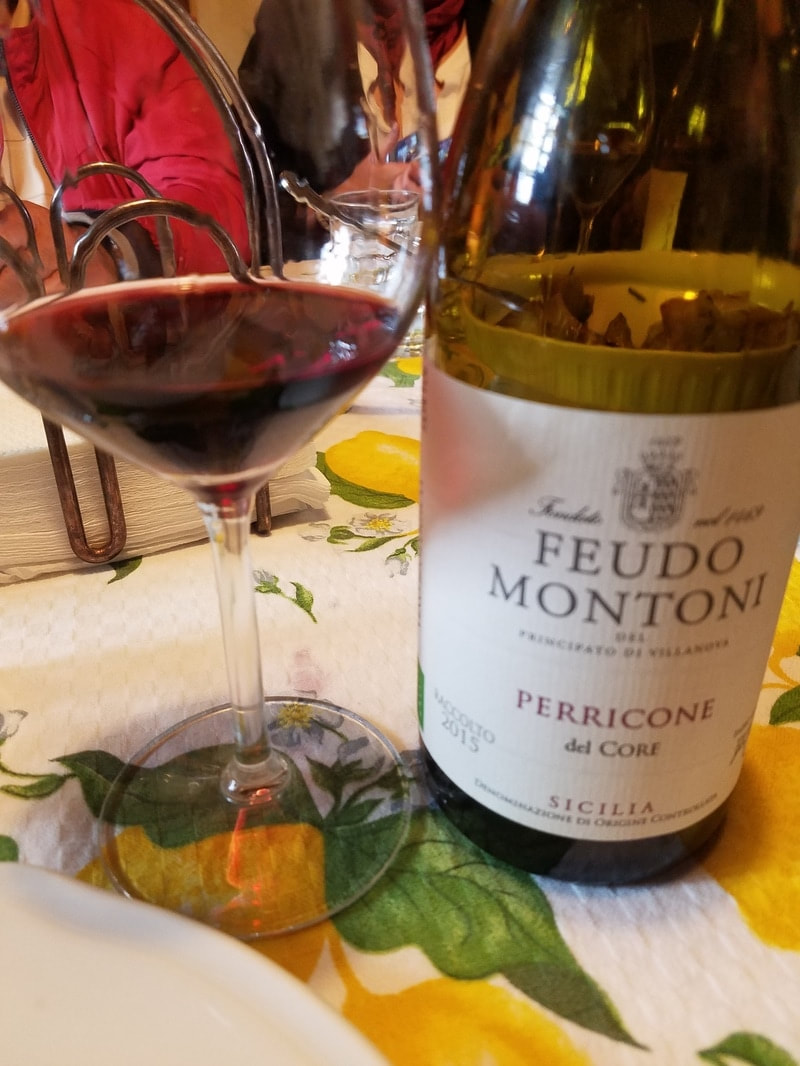
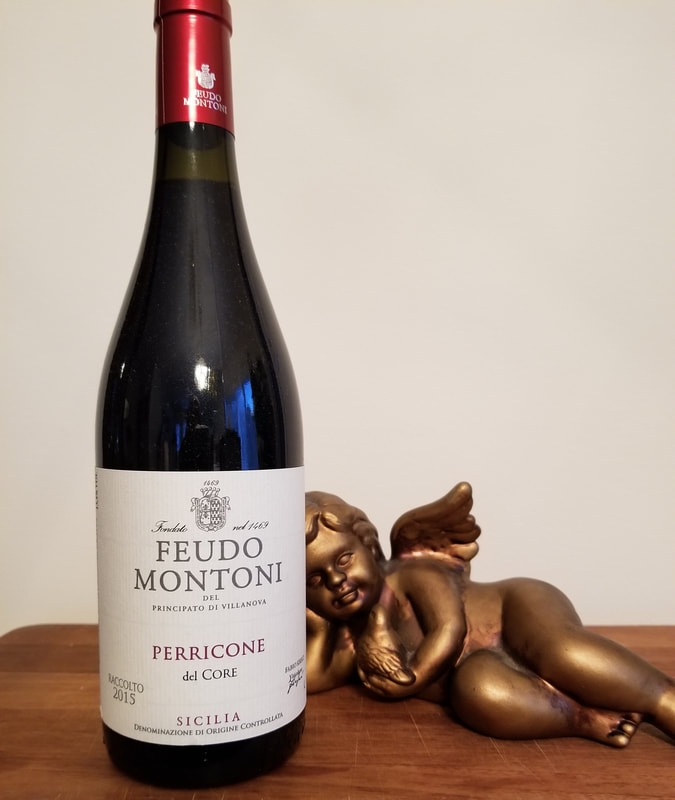
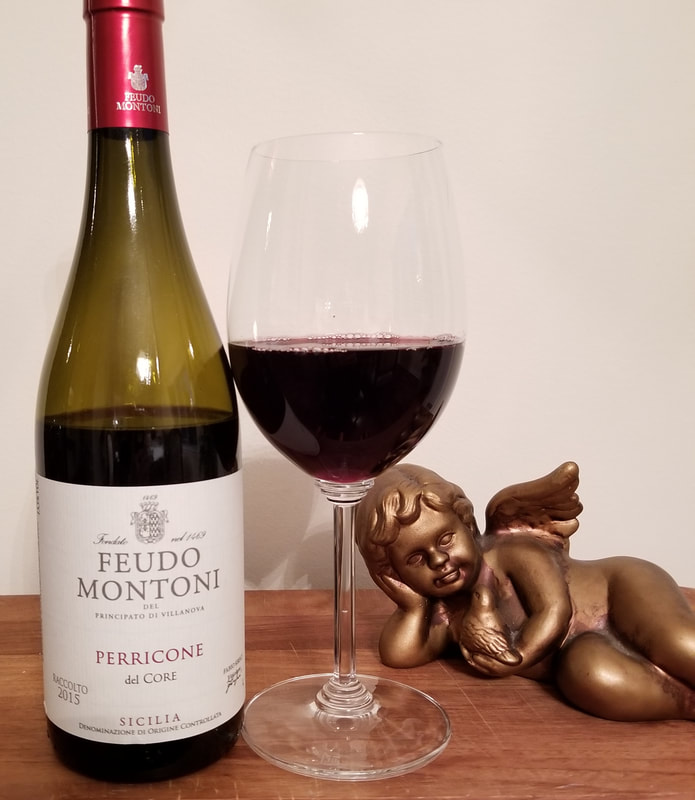
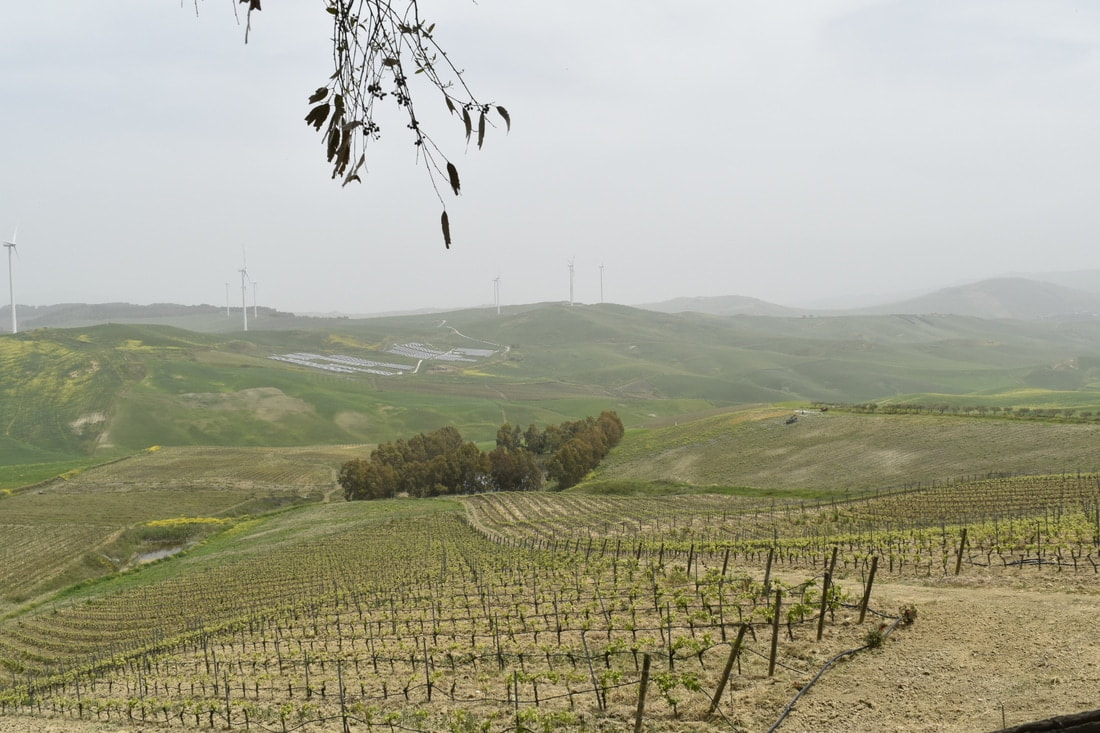
 RSS Feed
RSS Feed